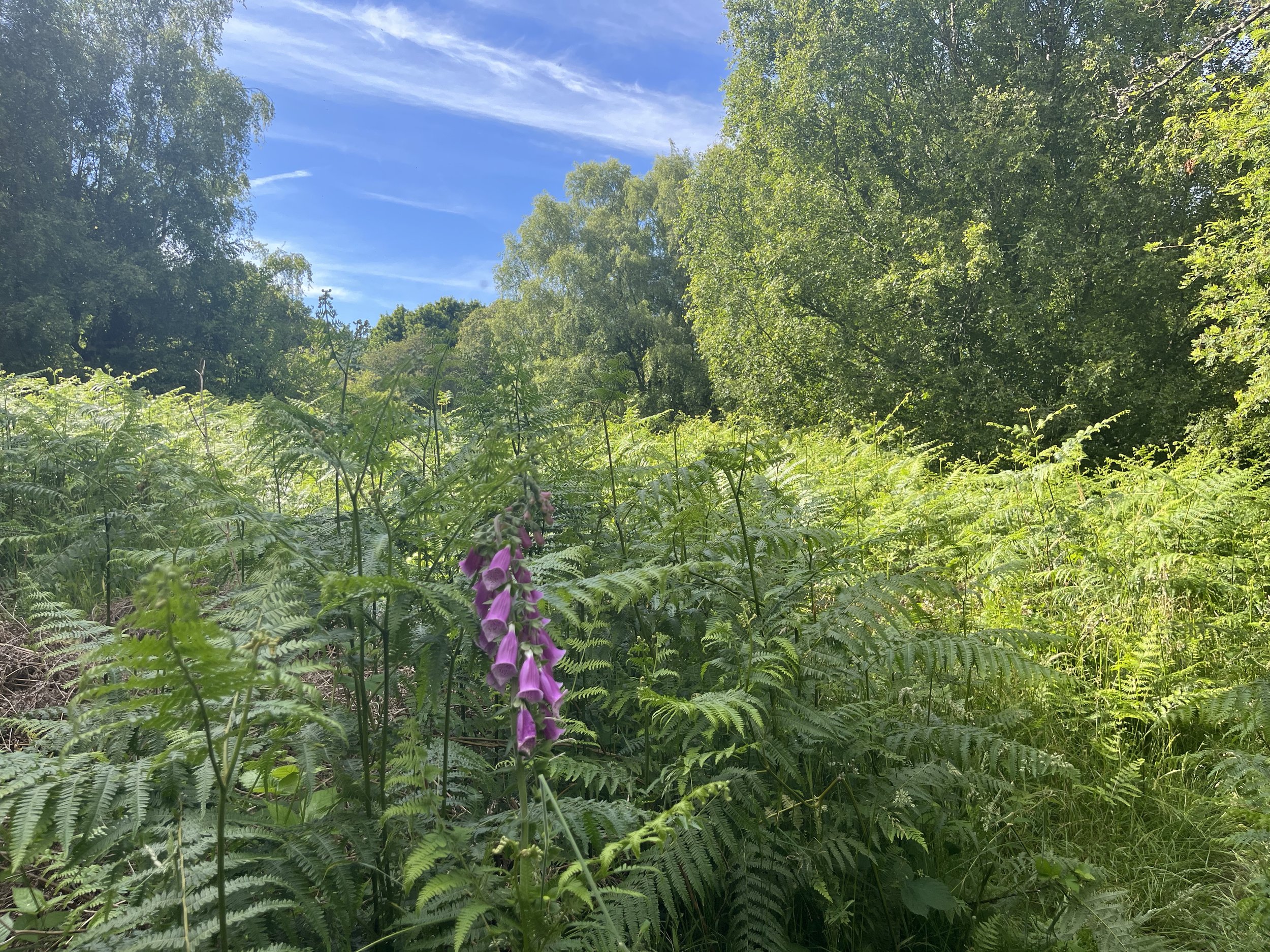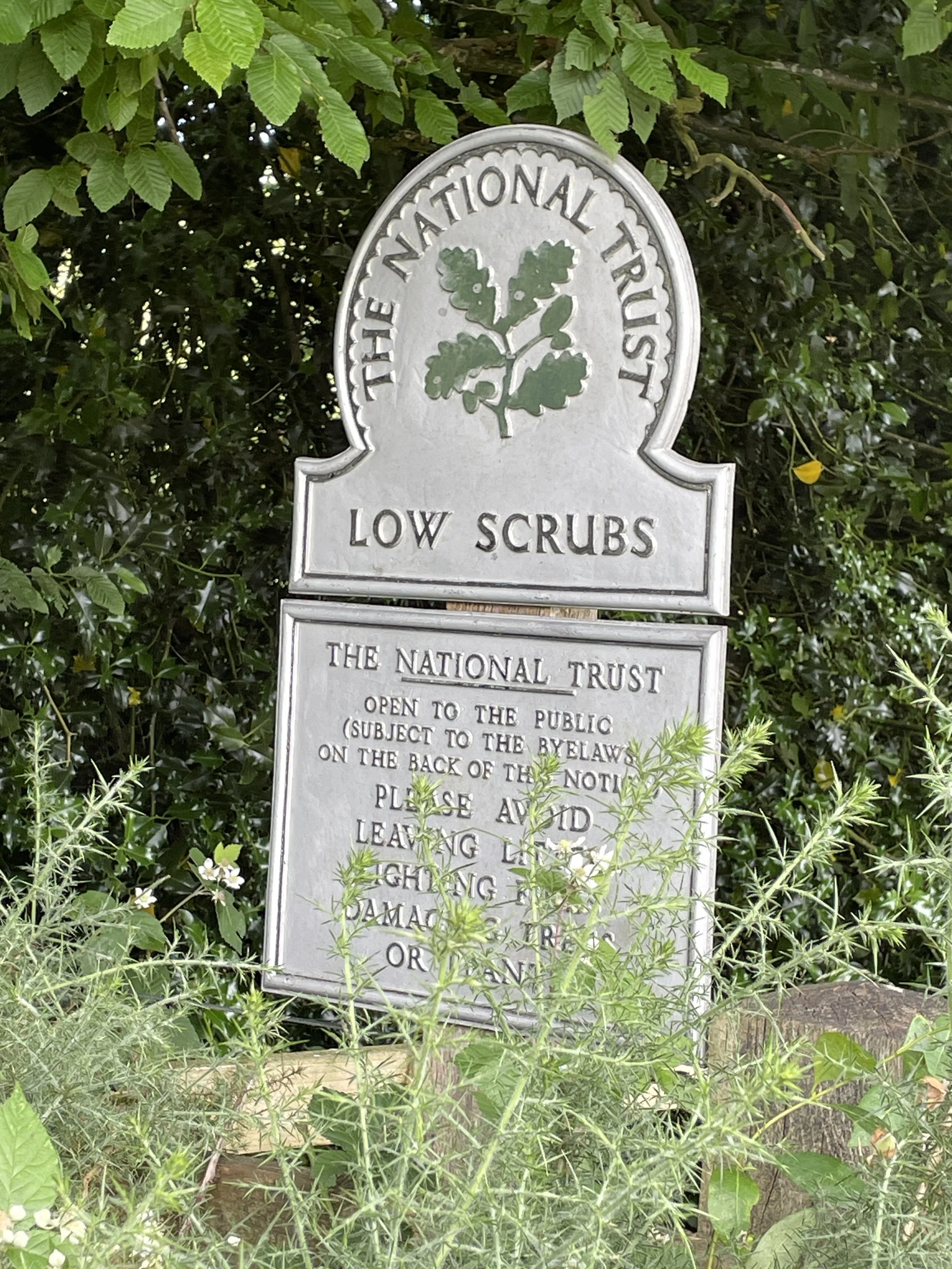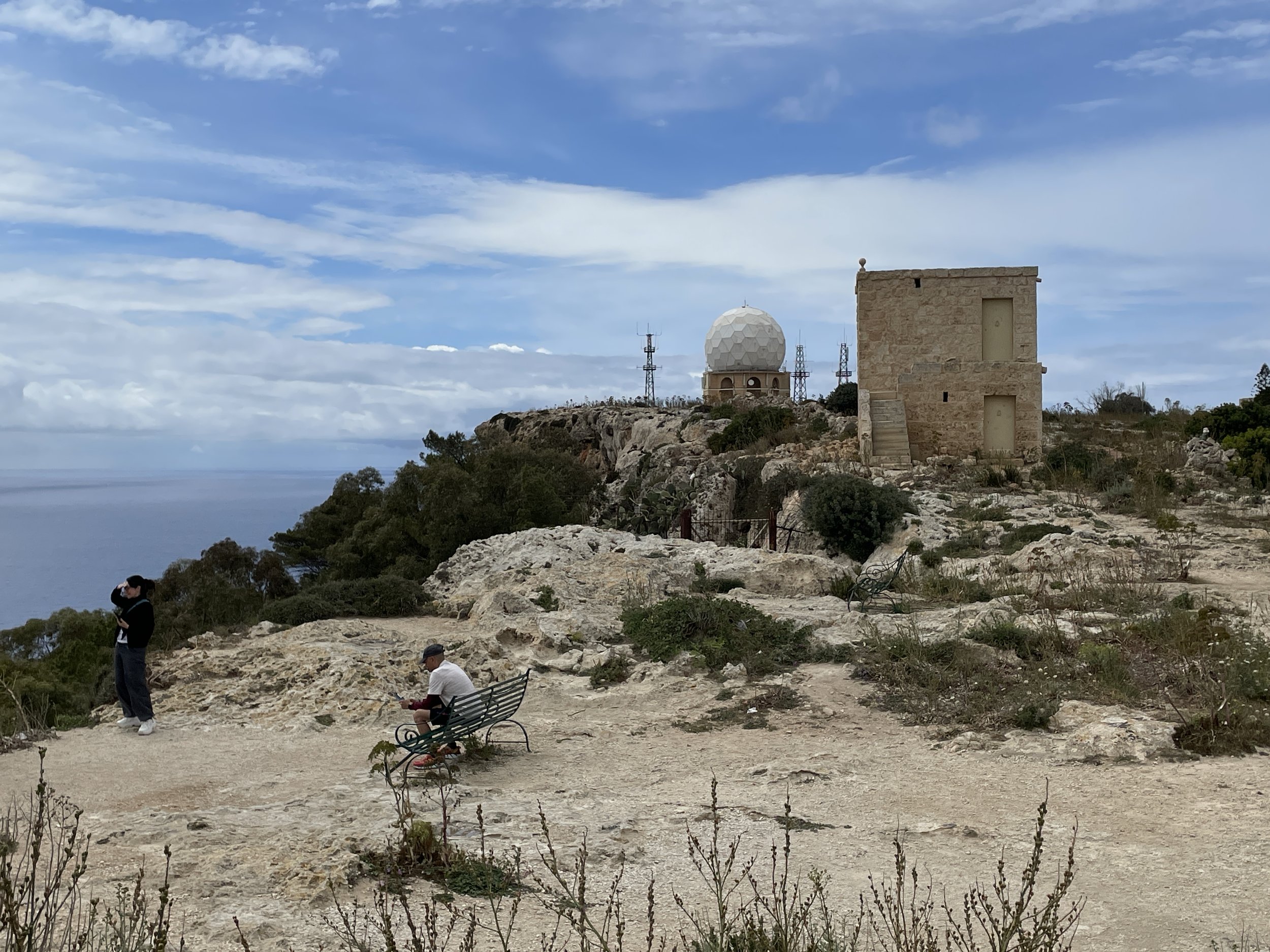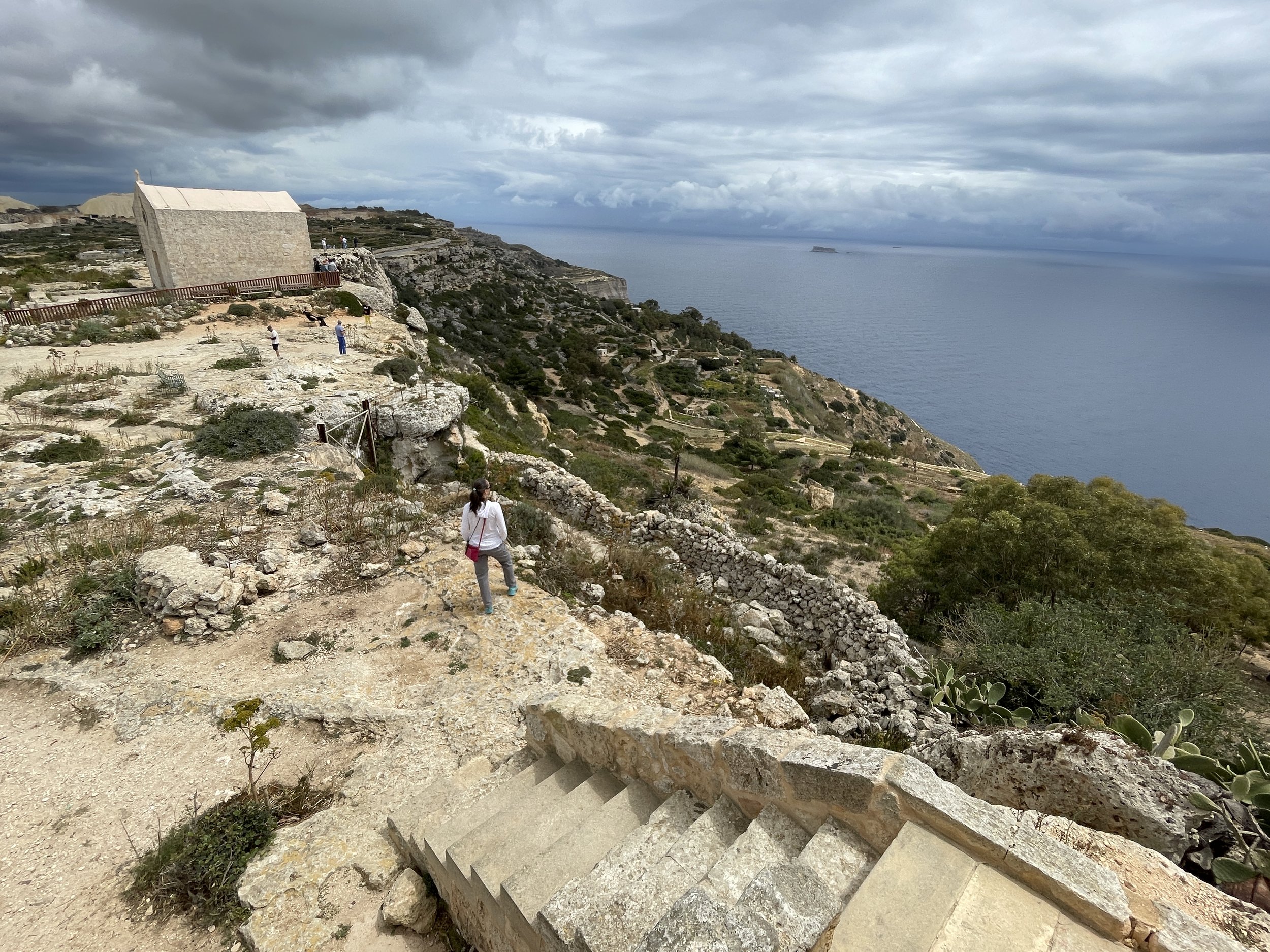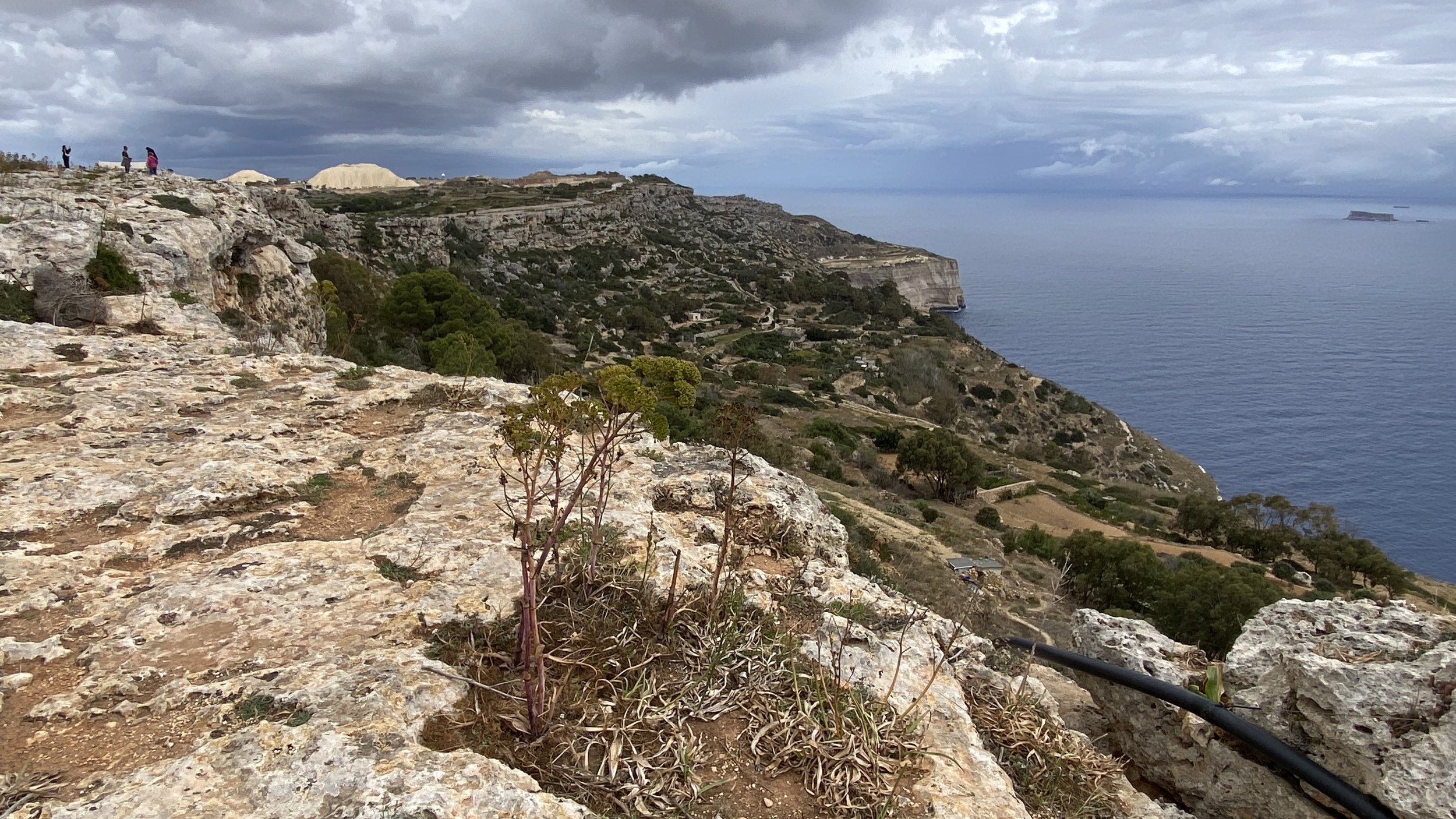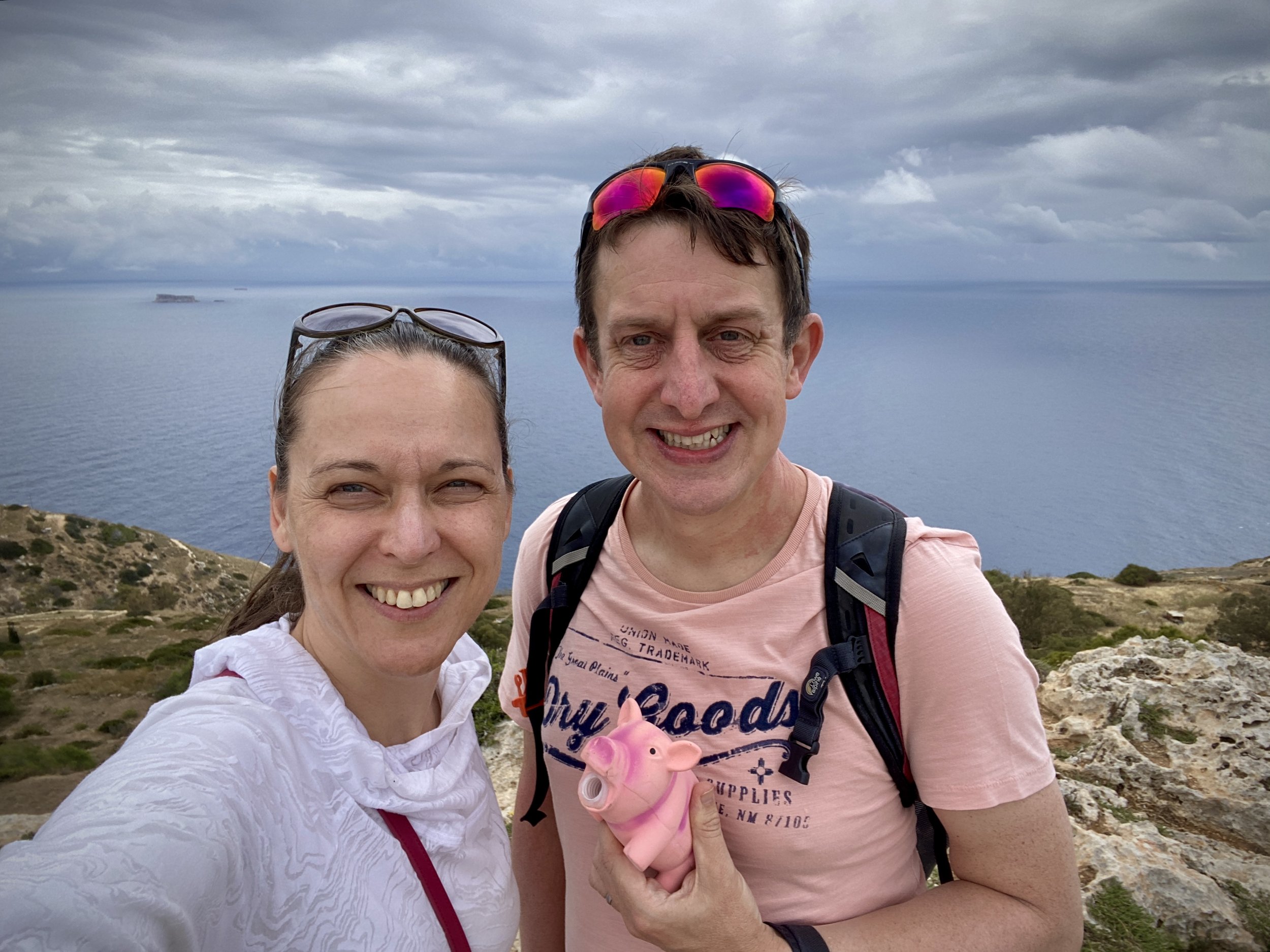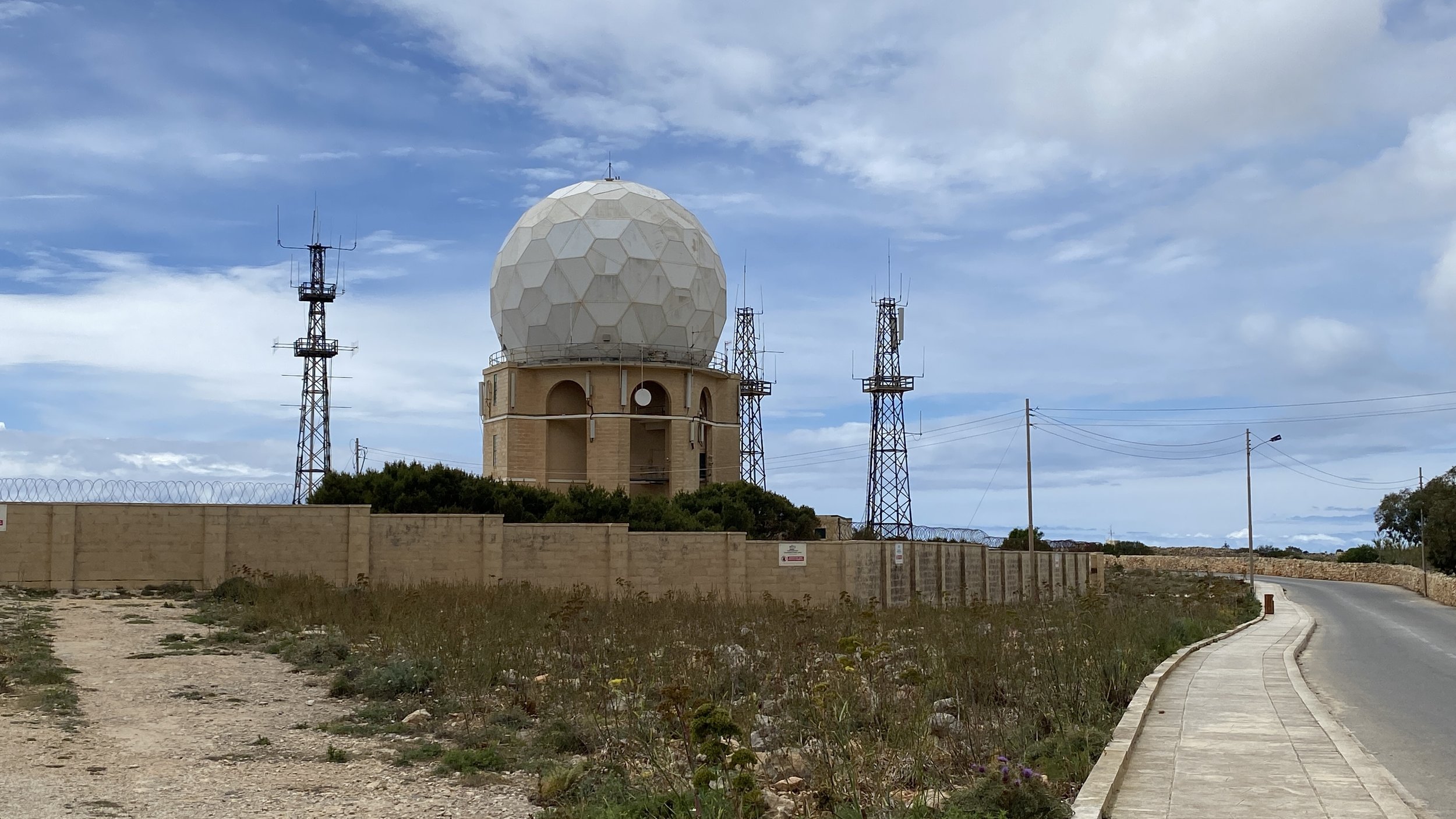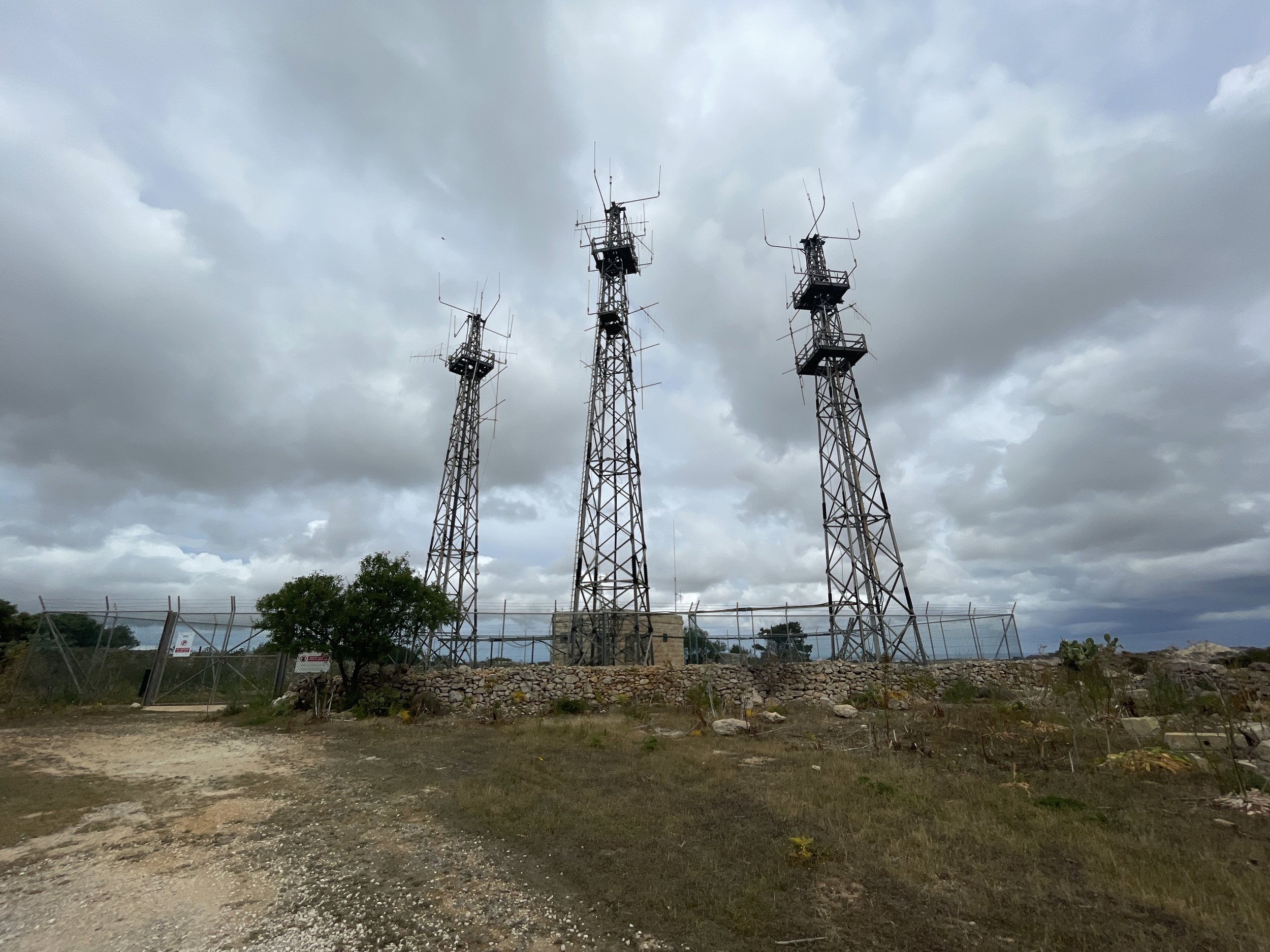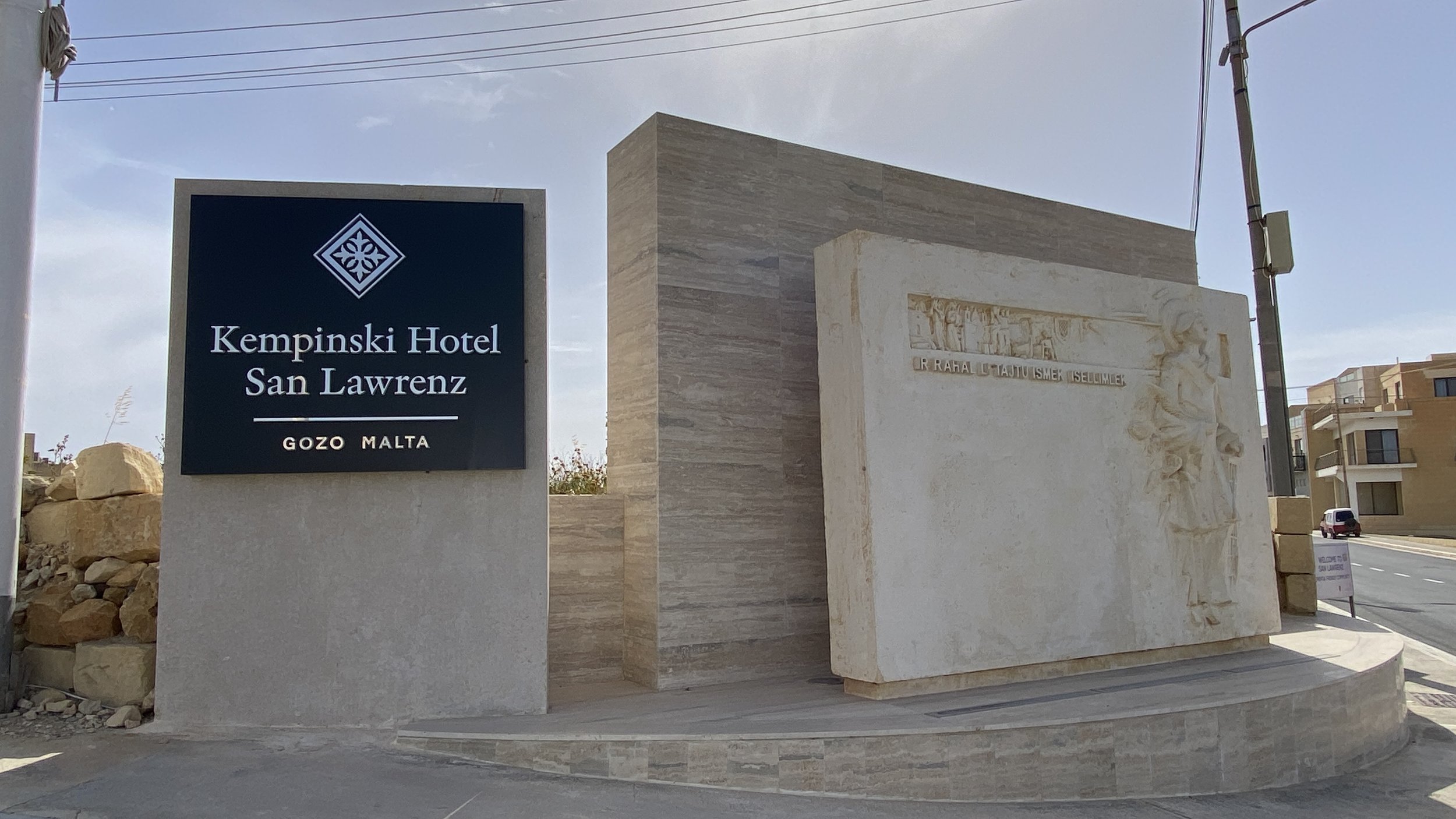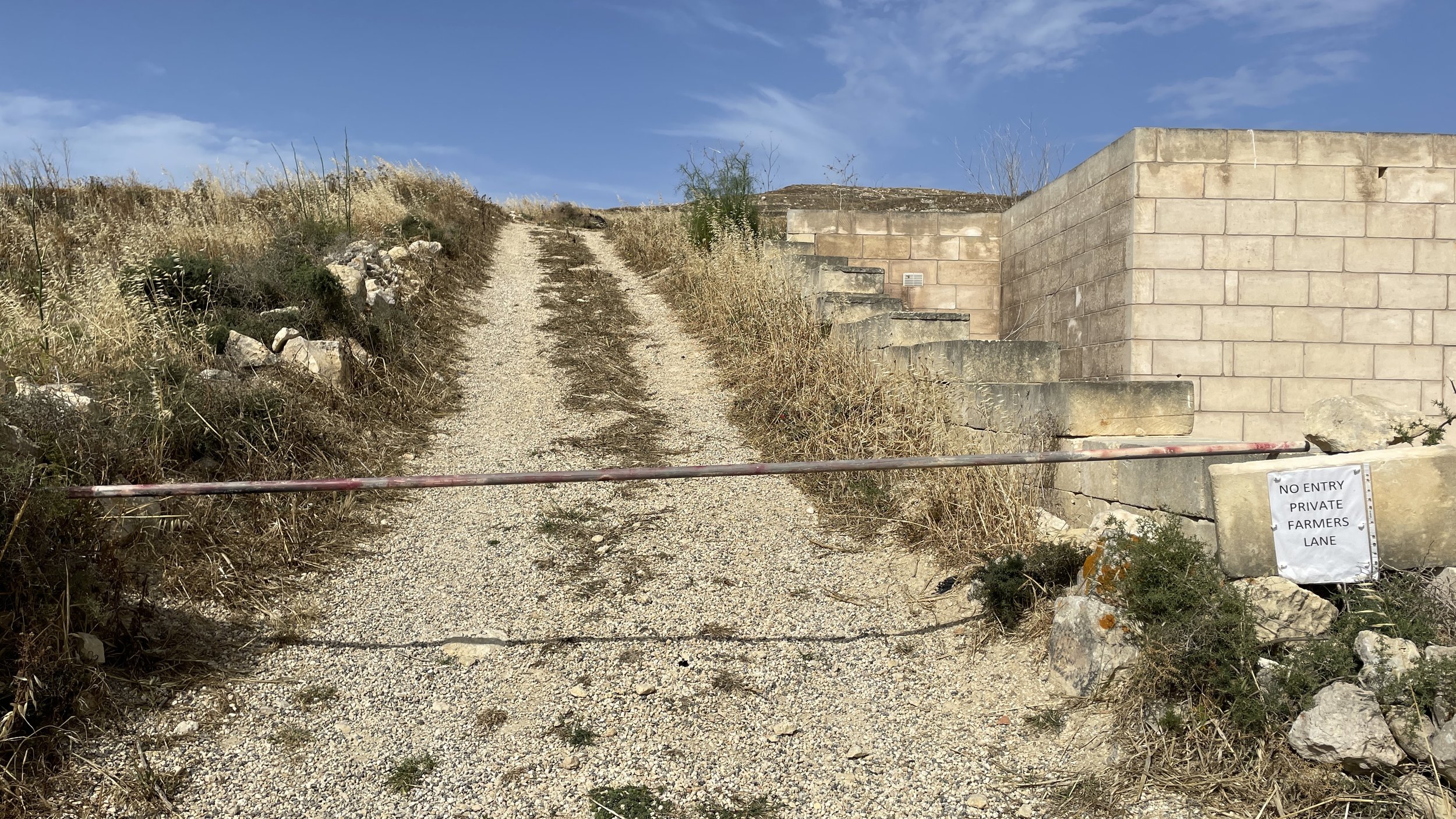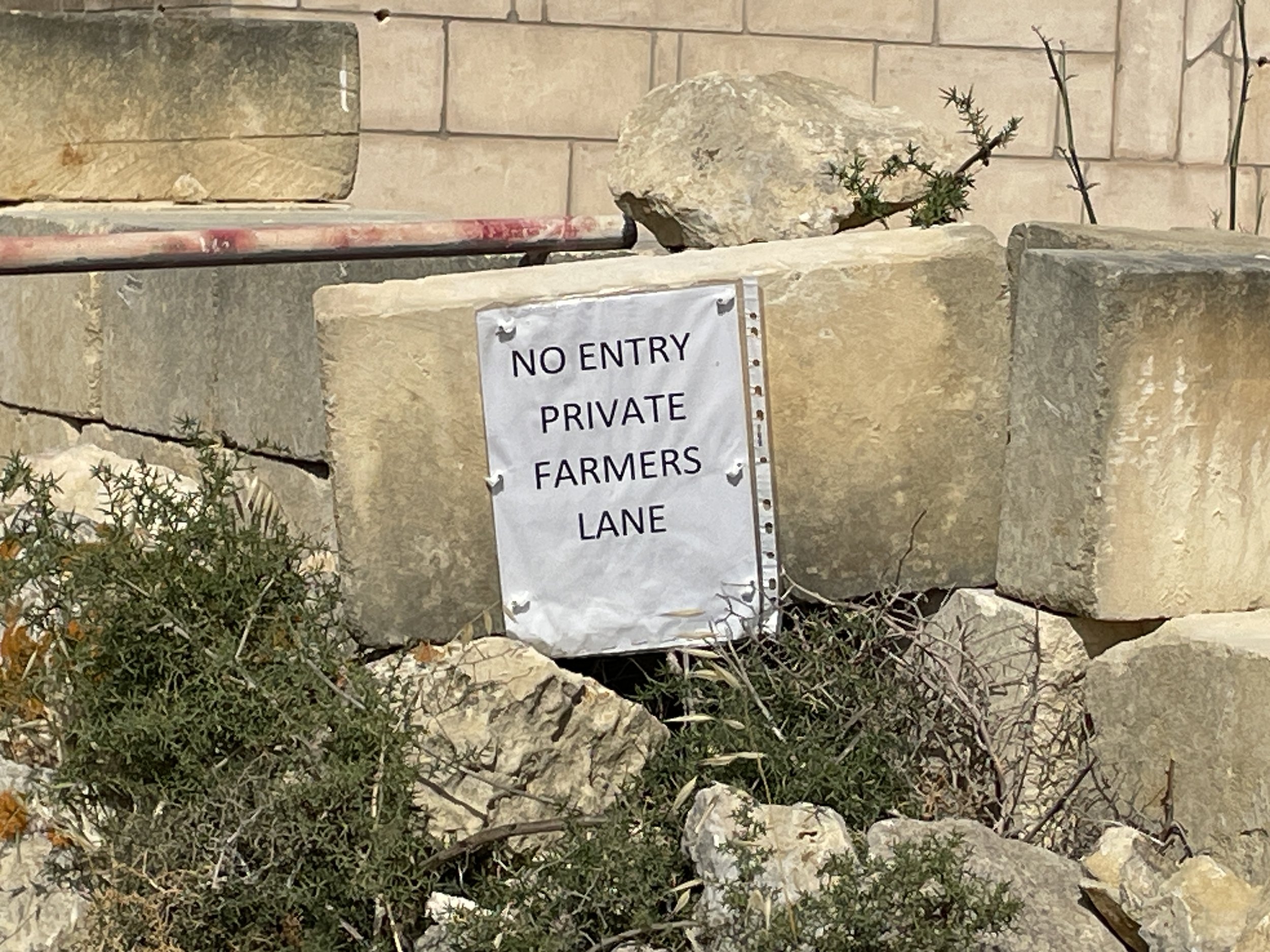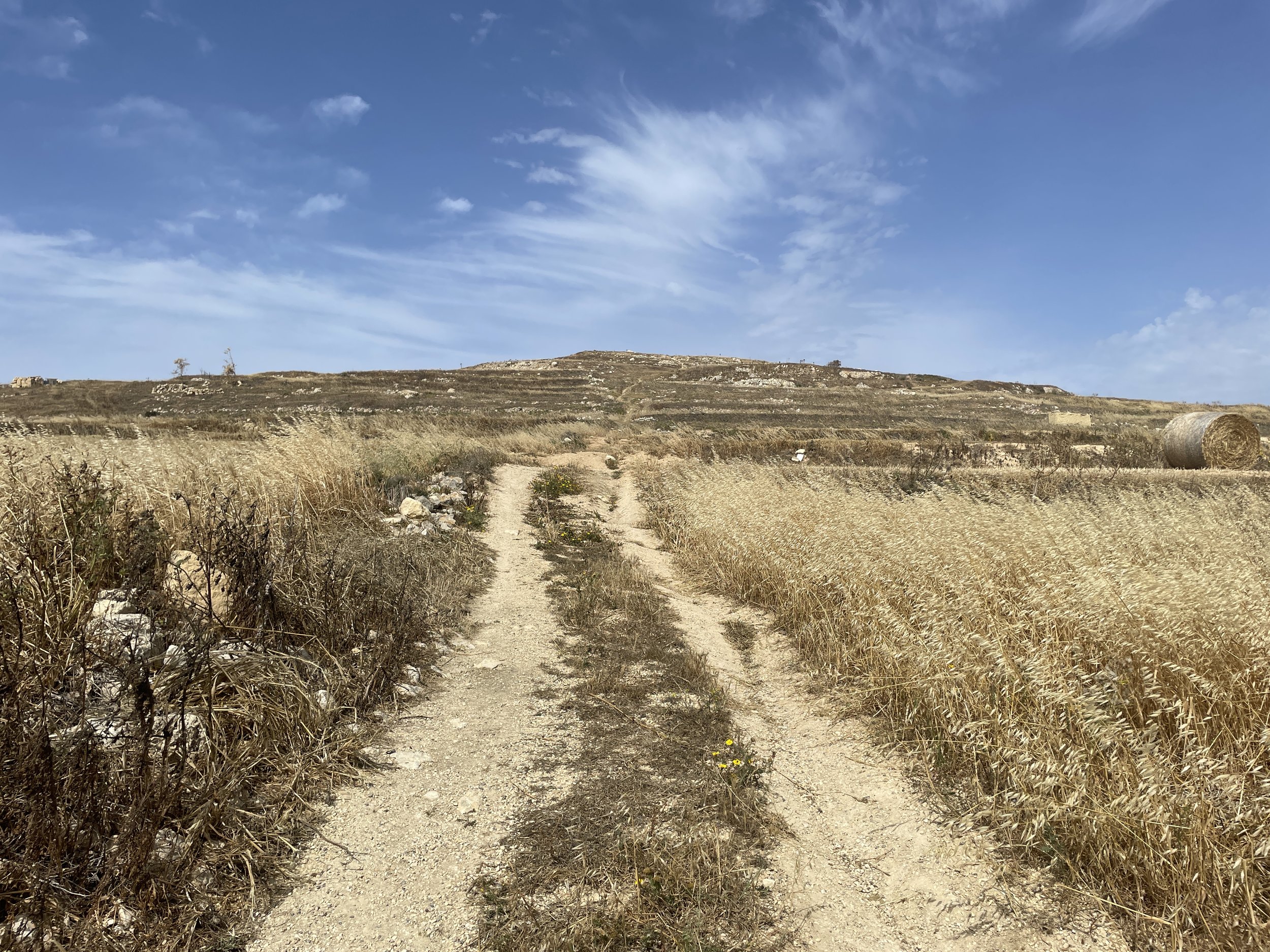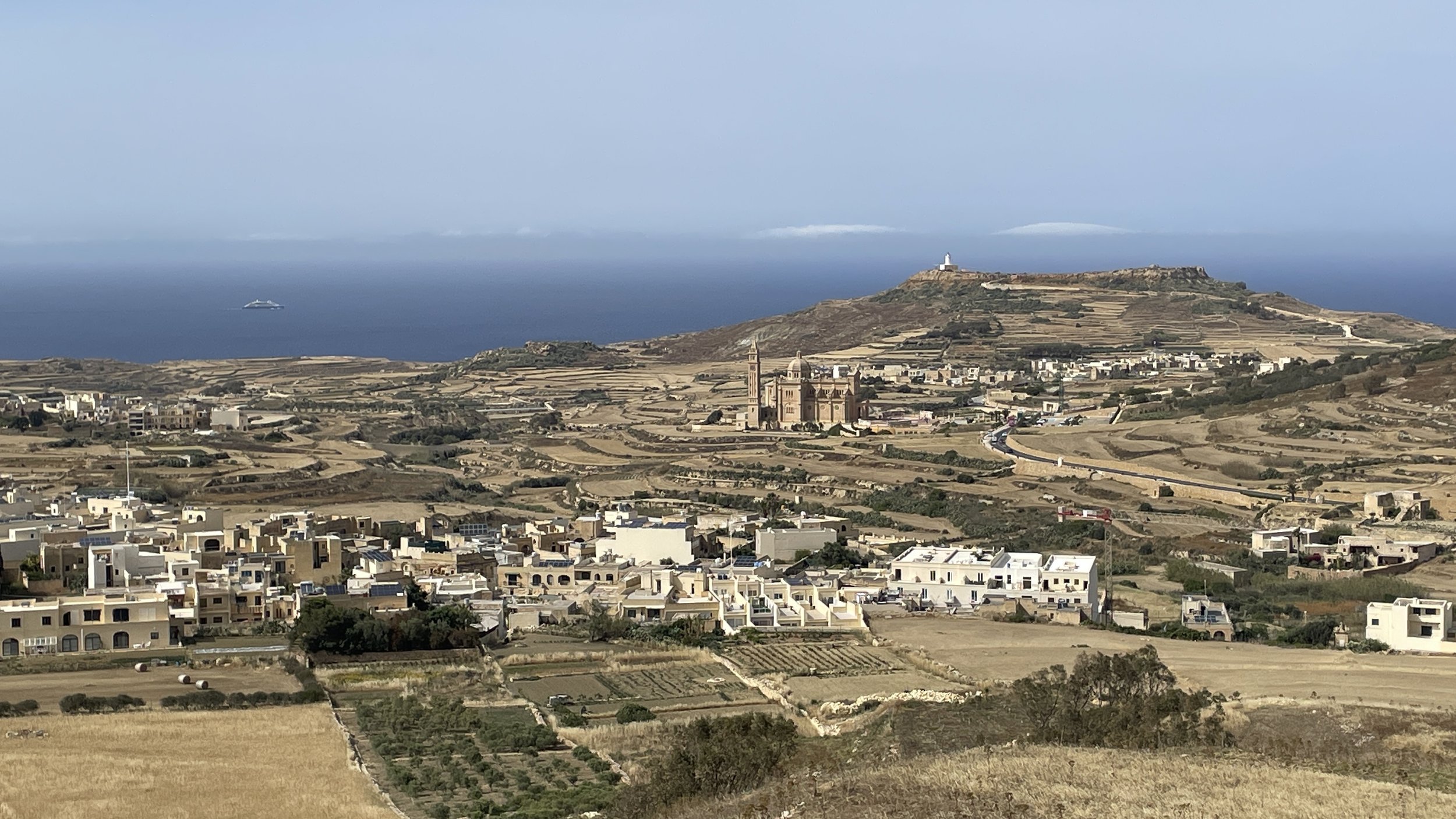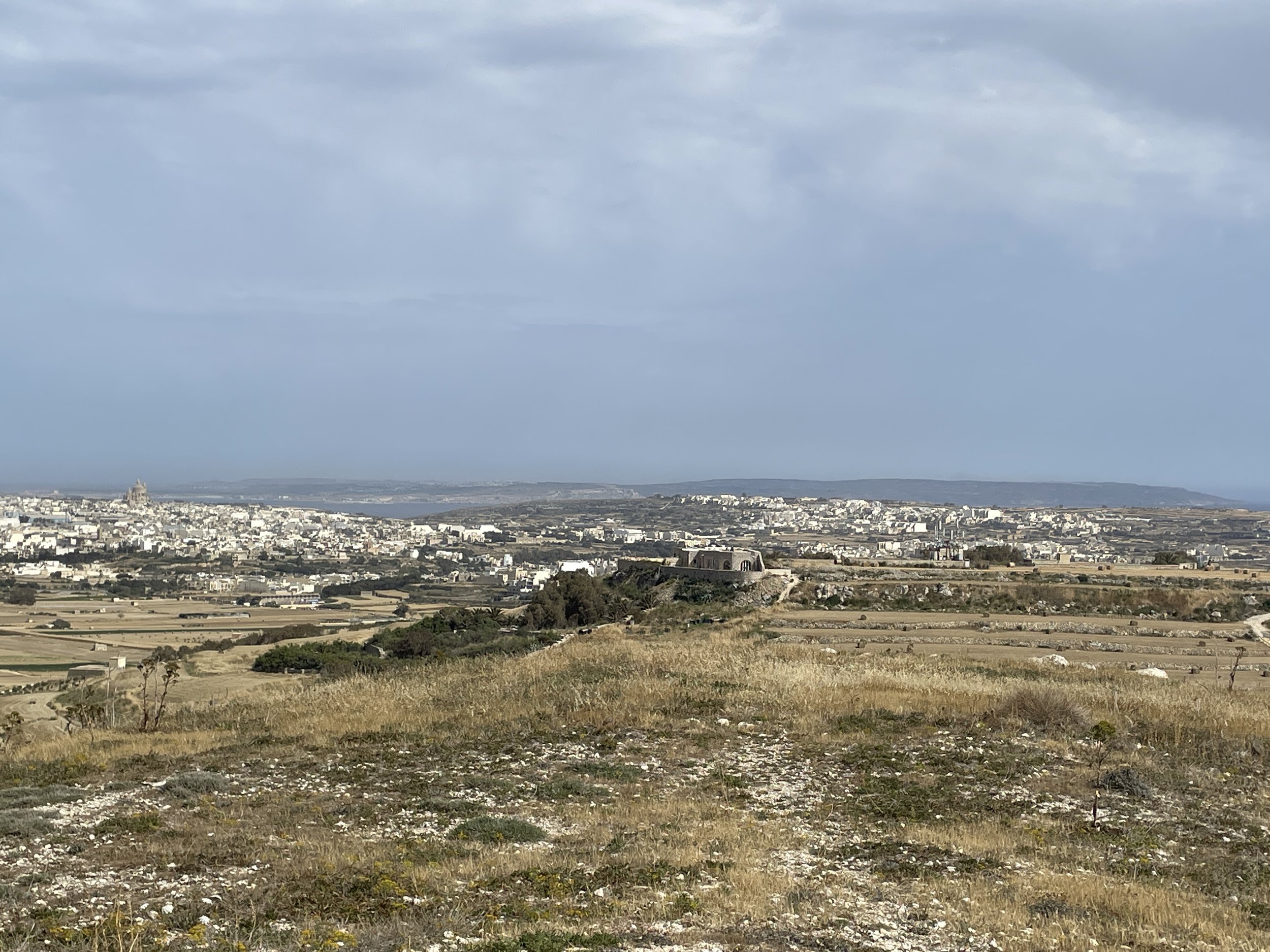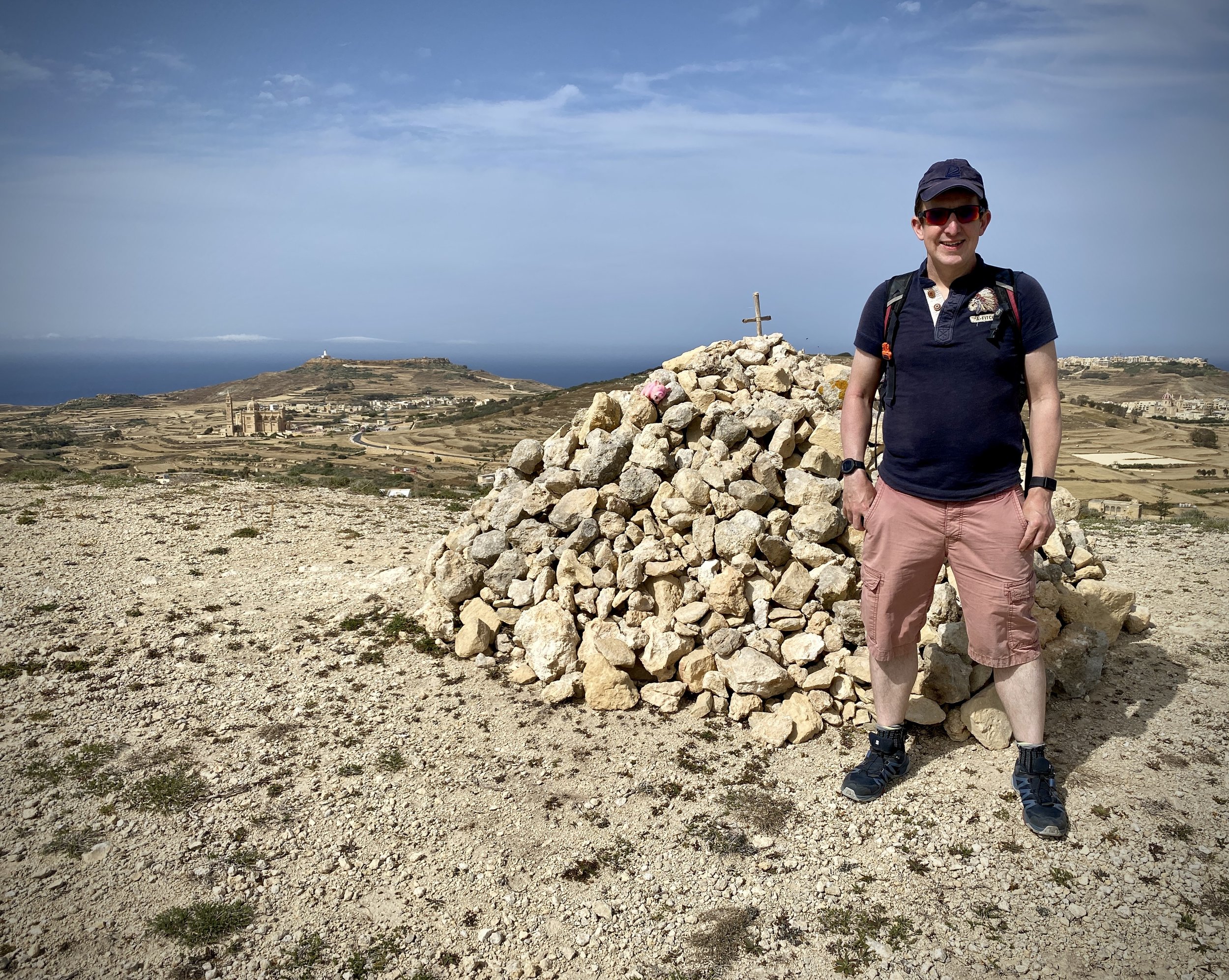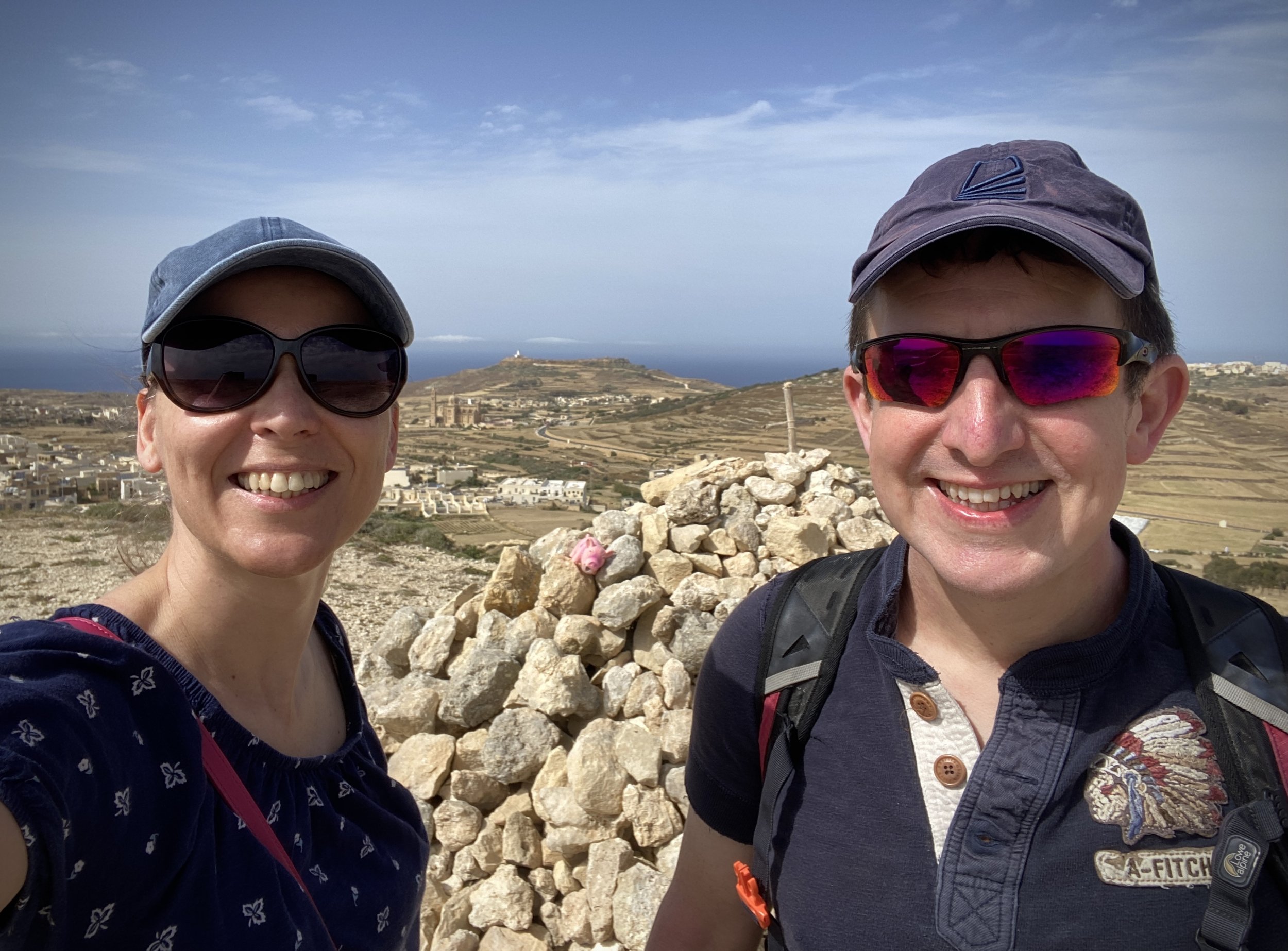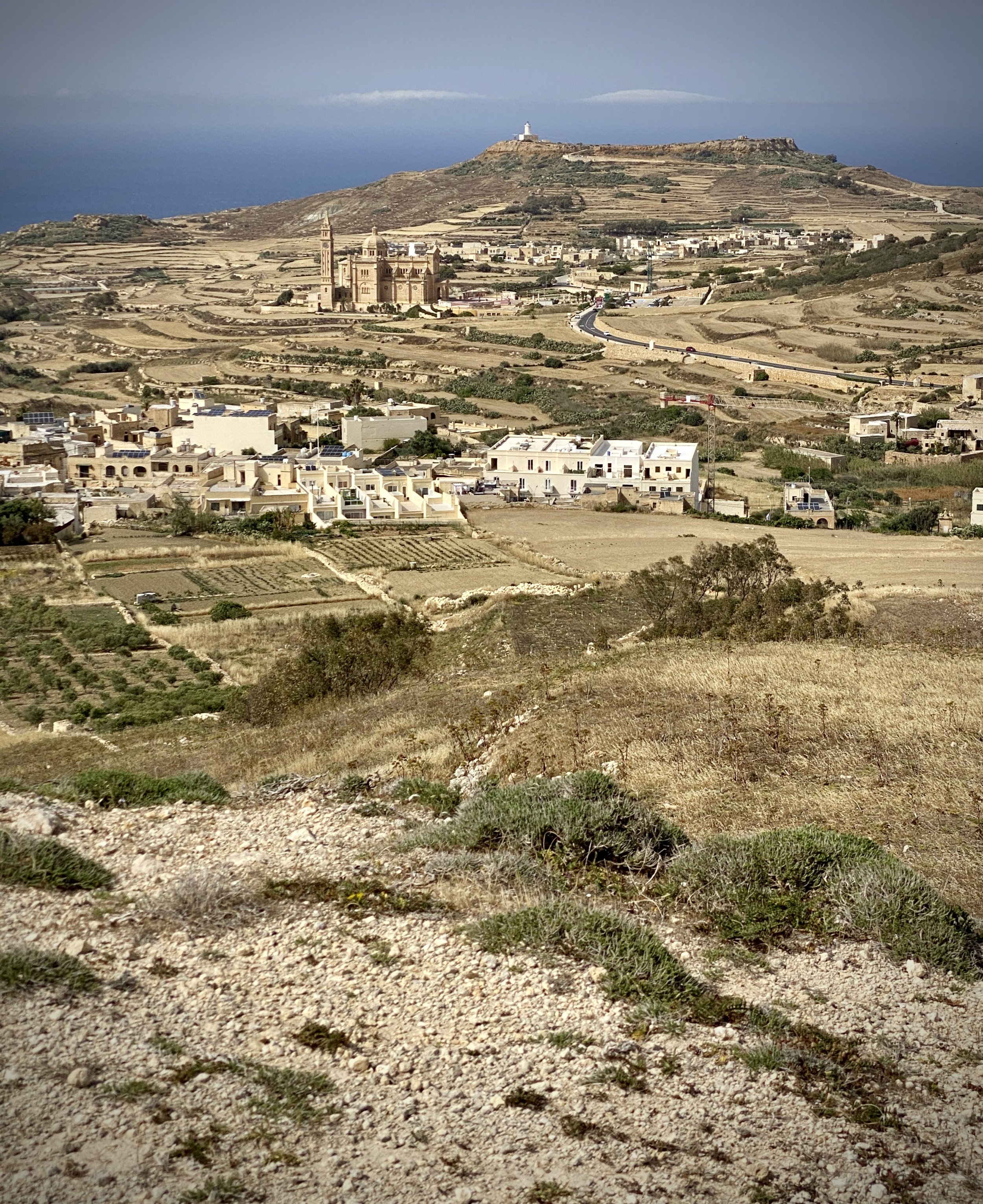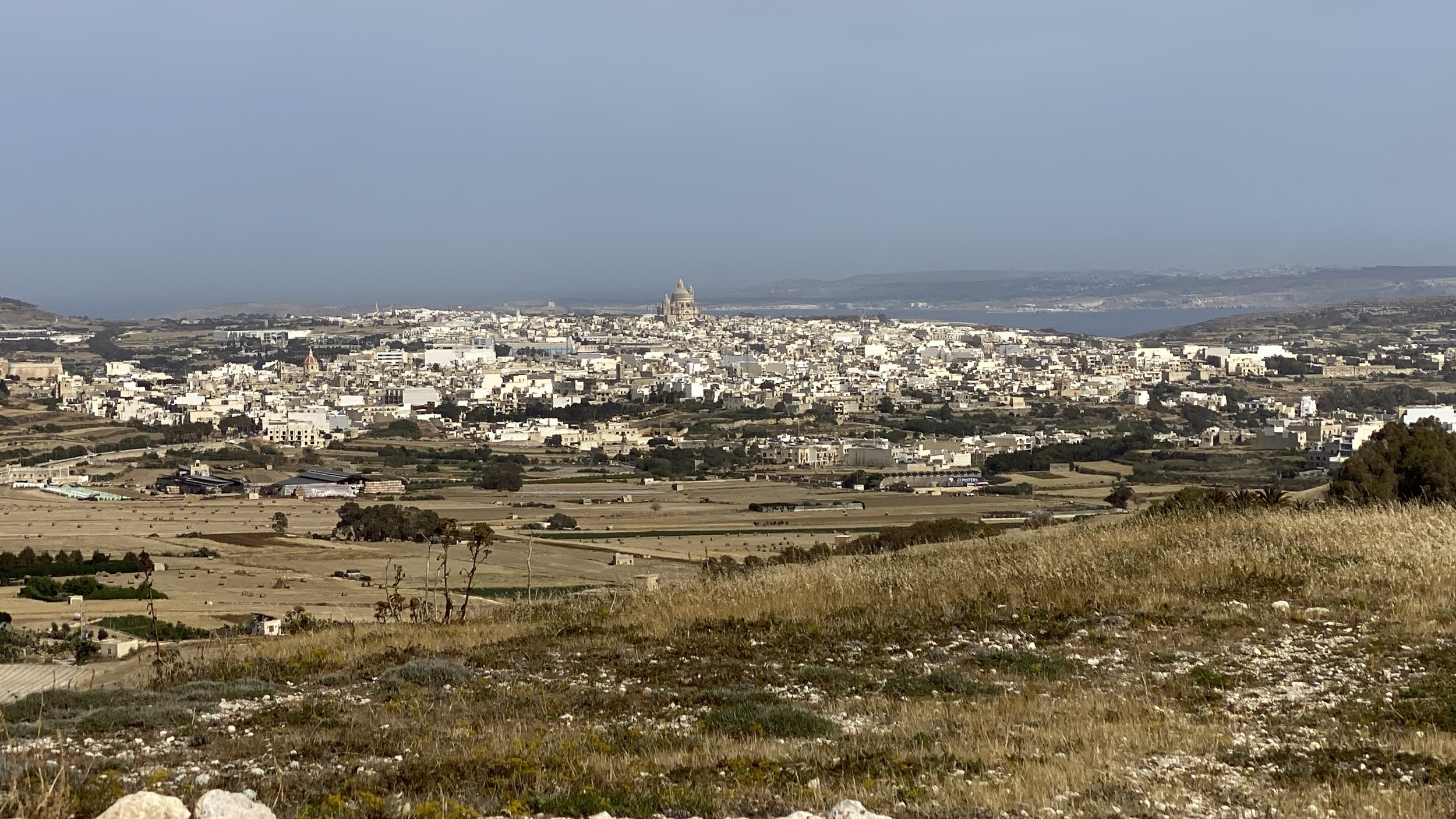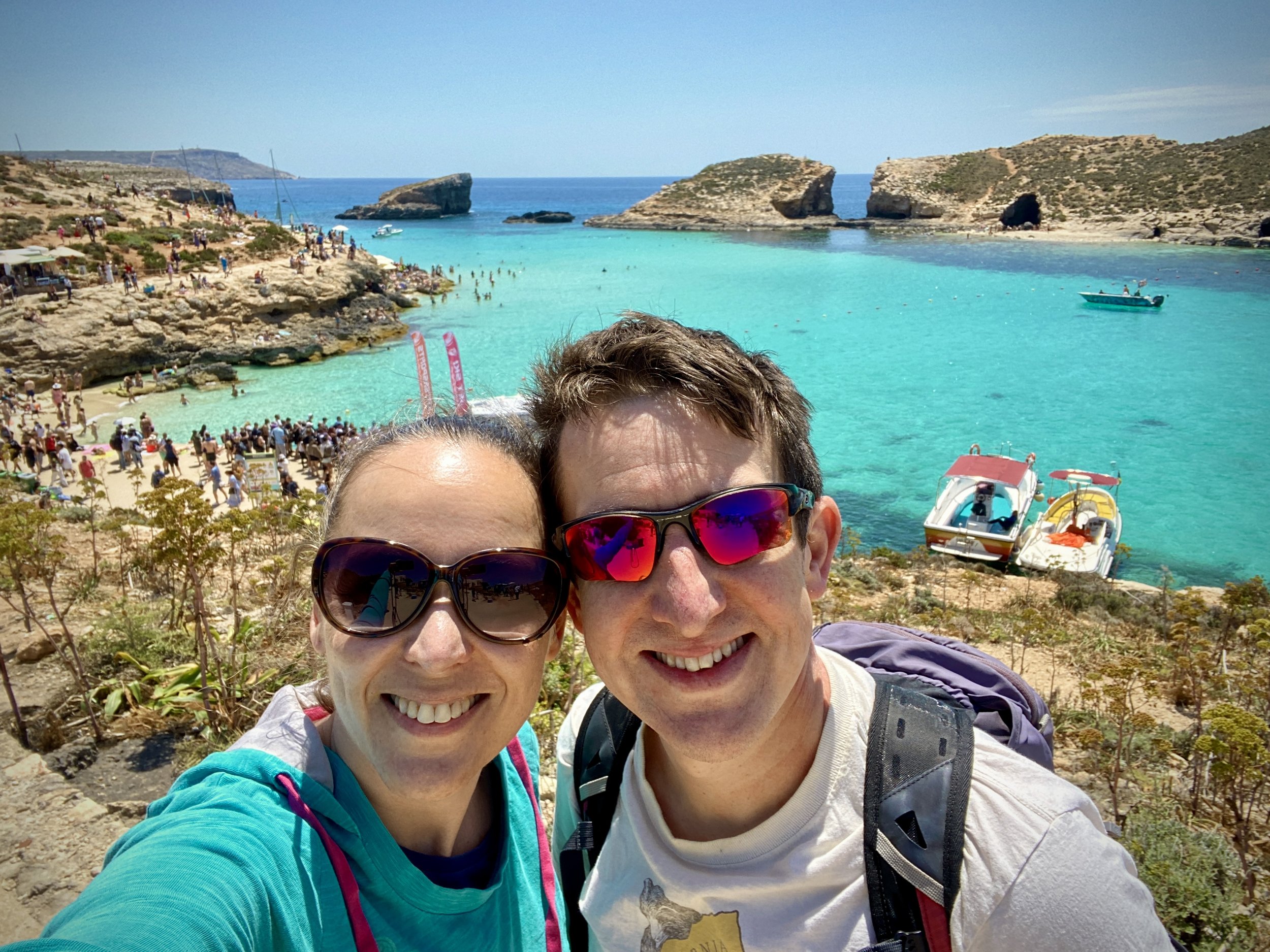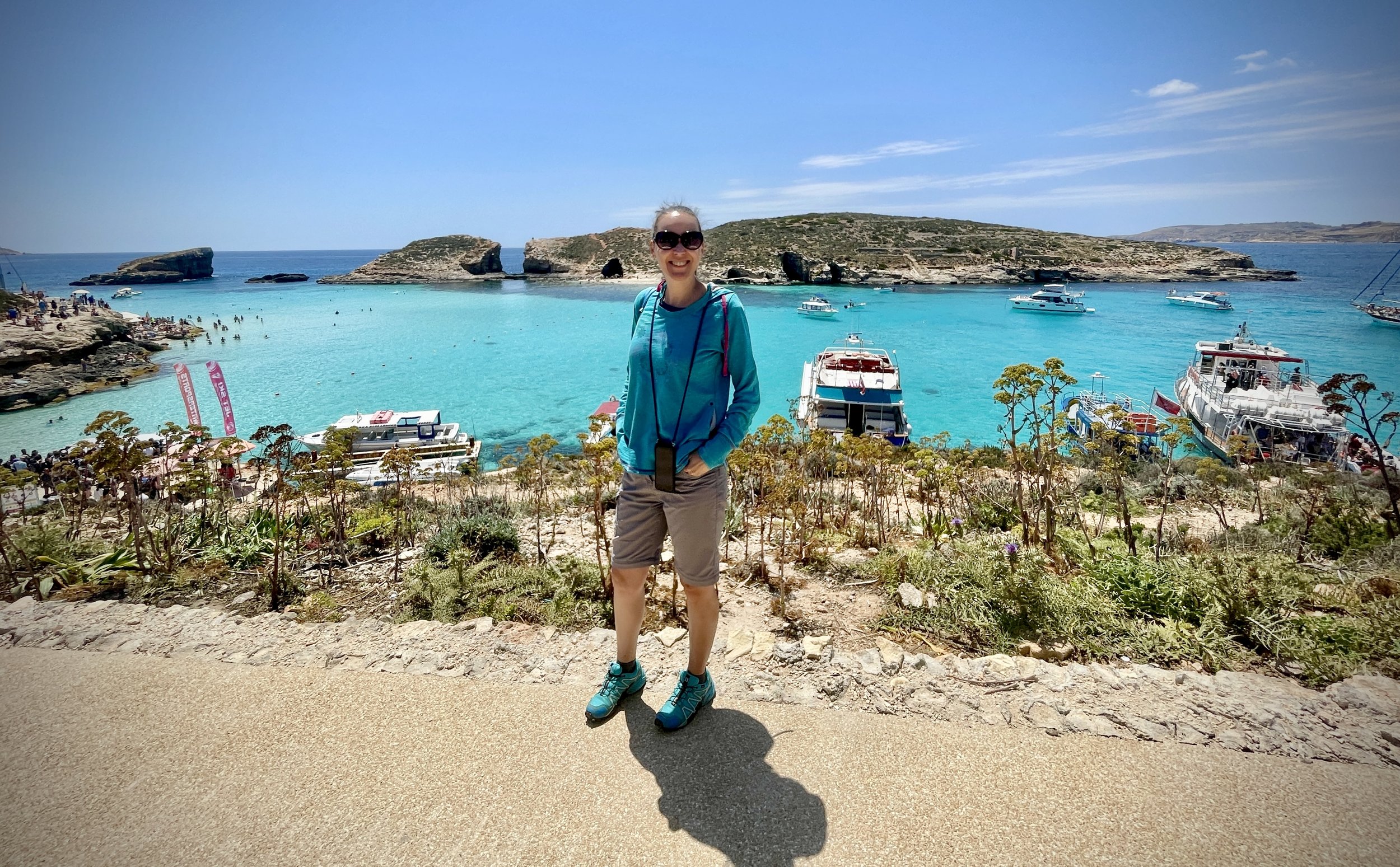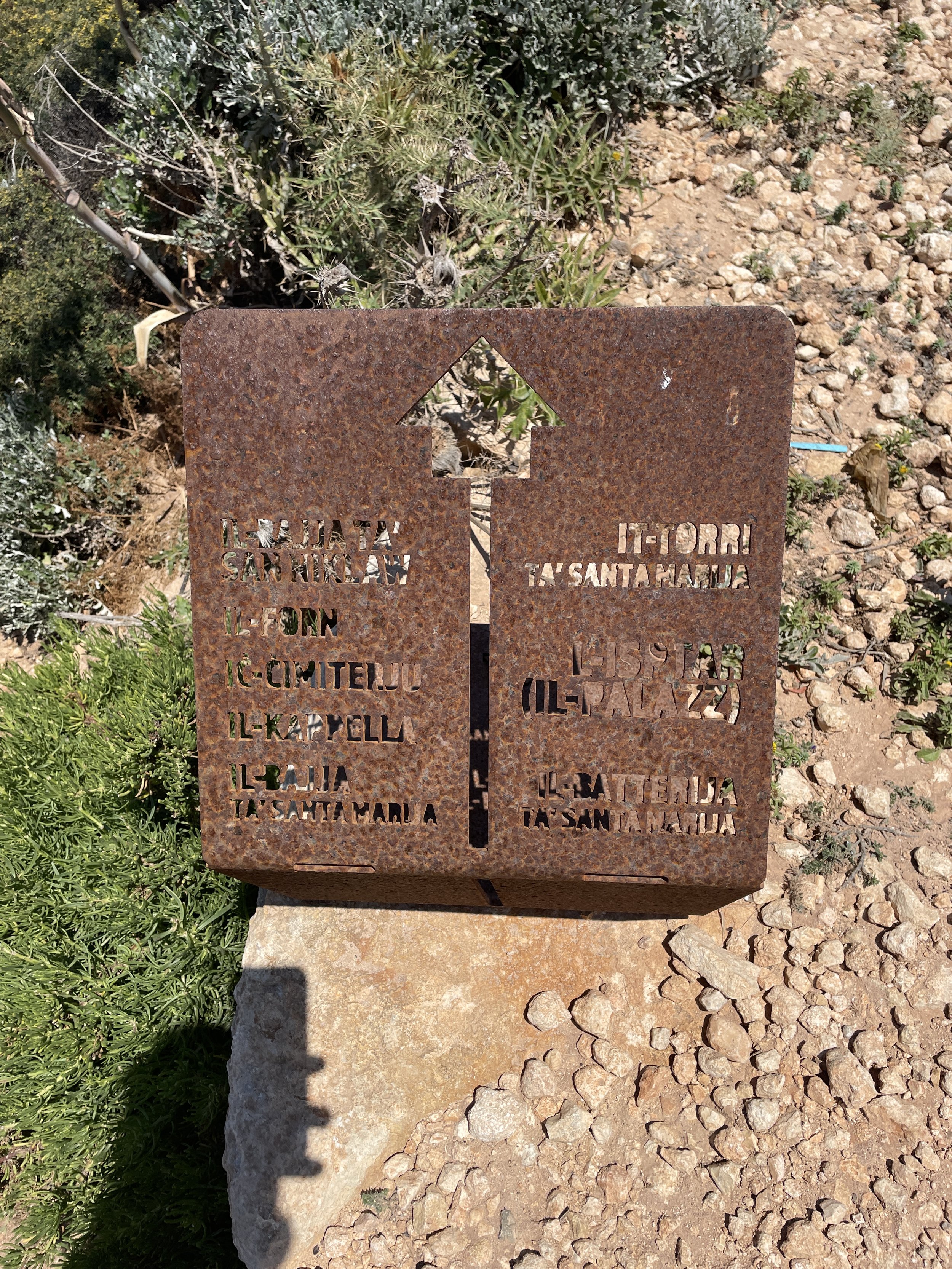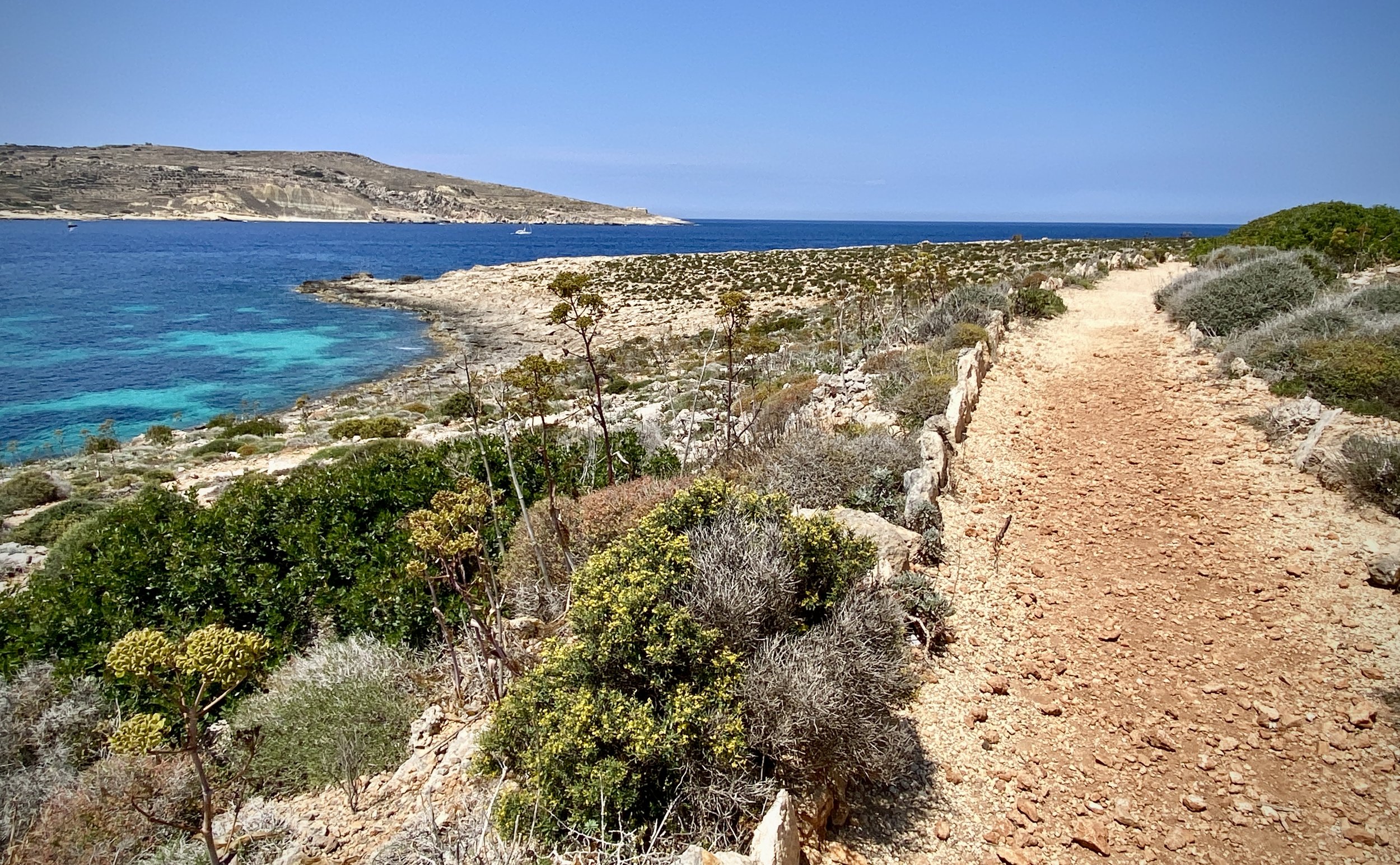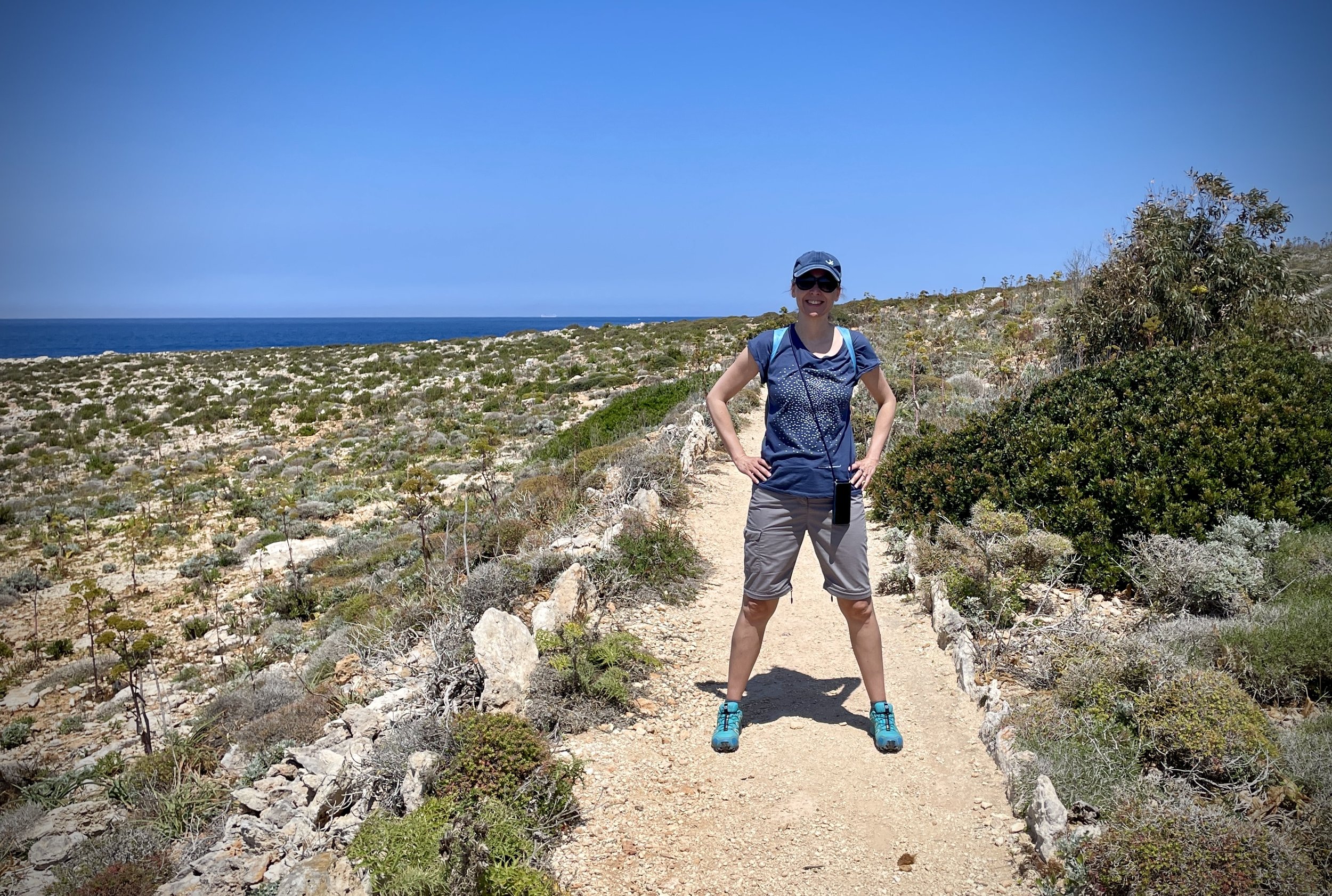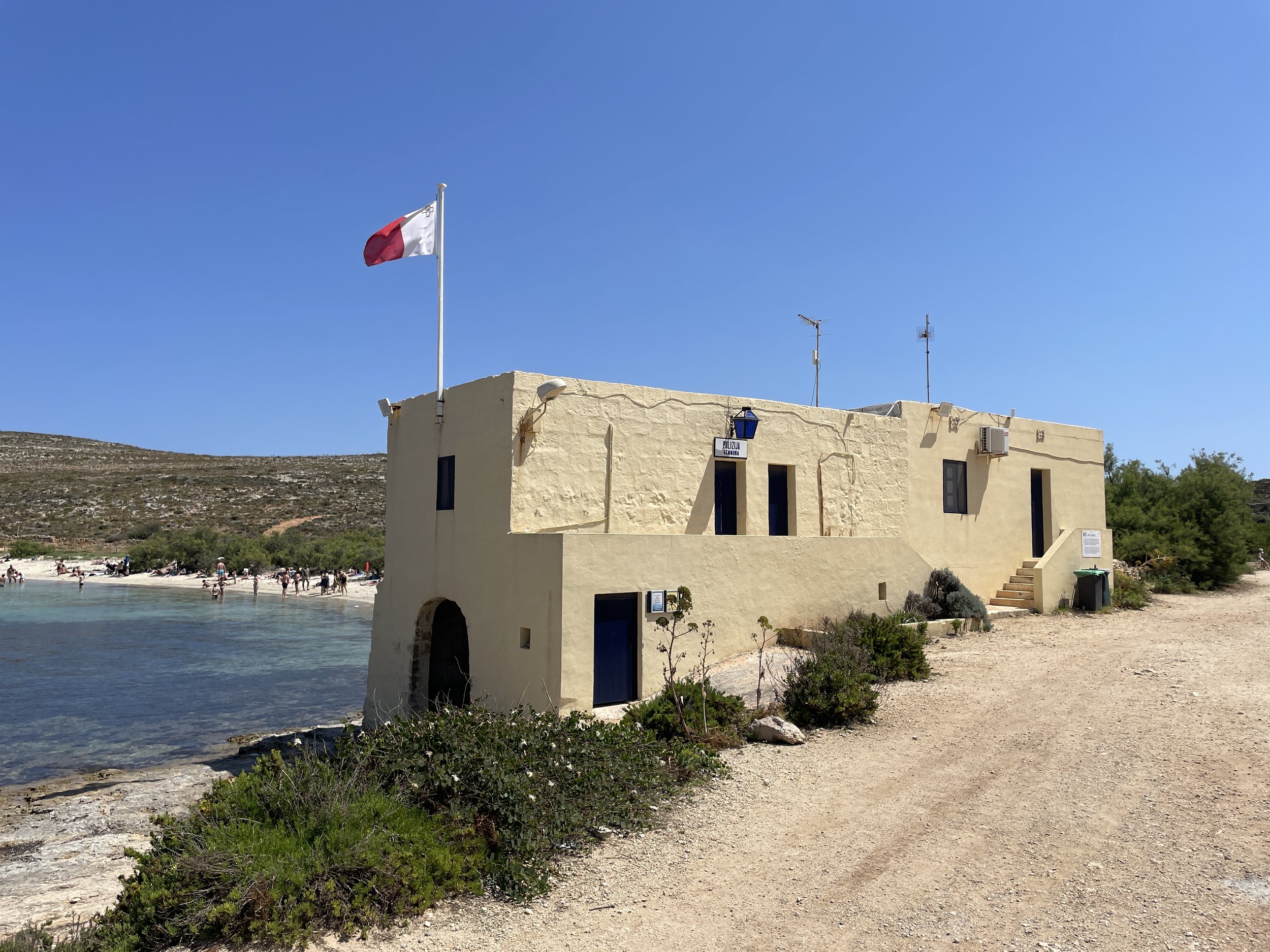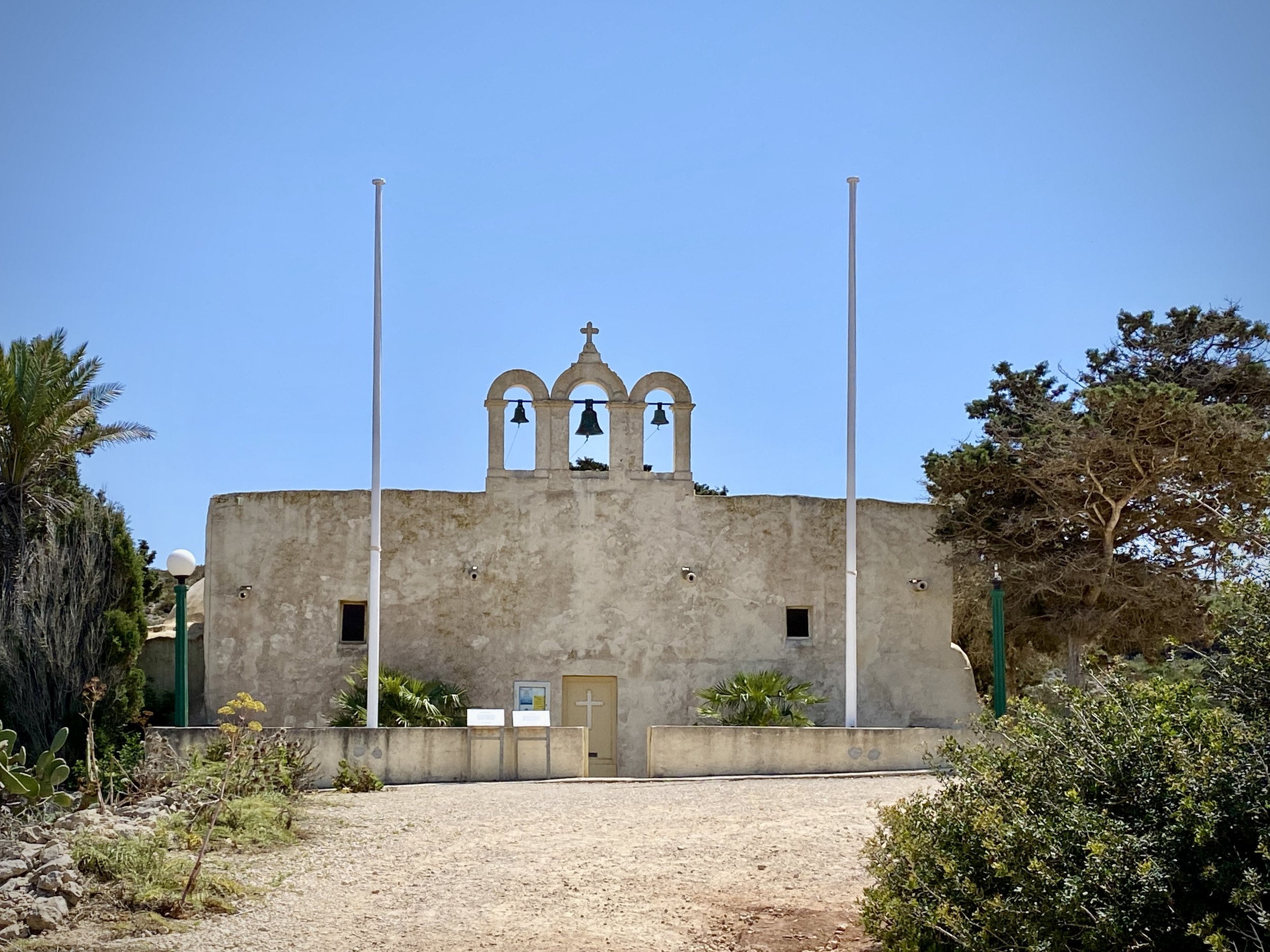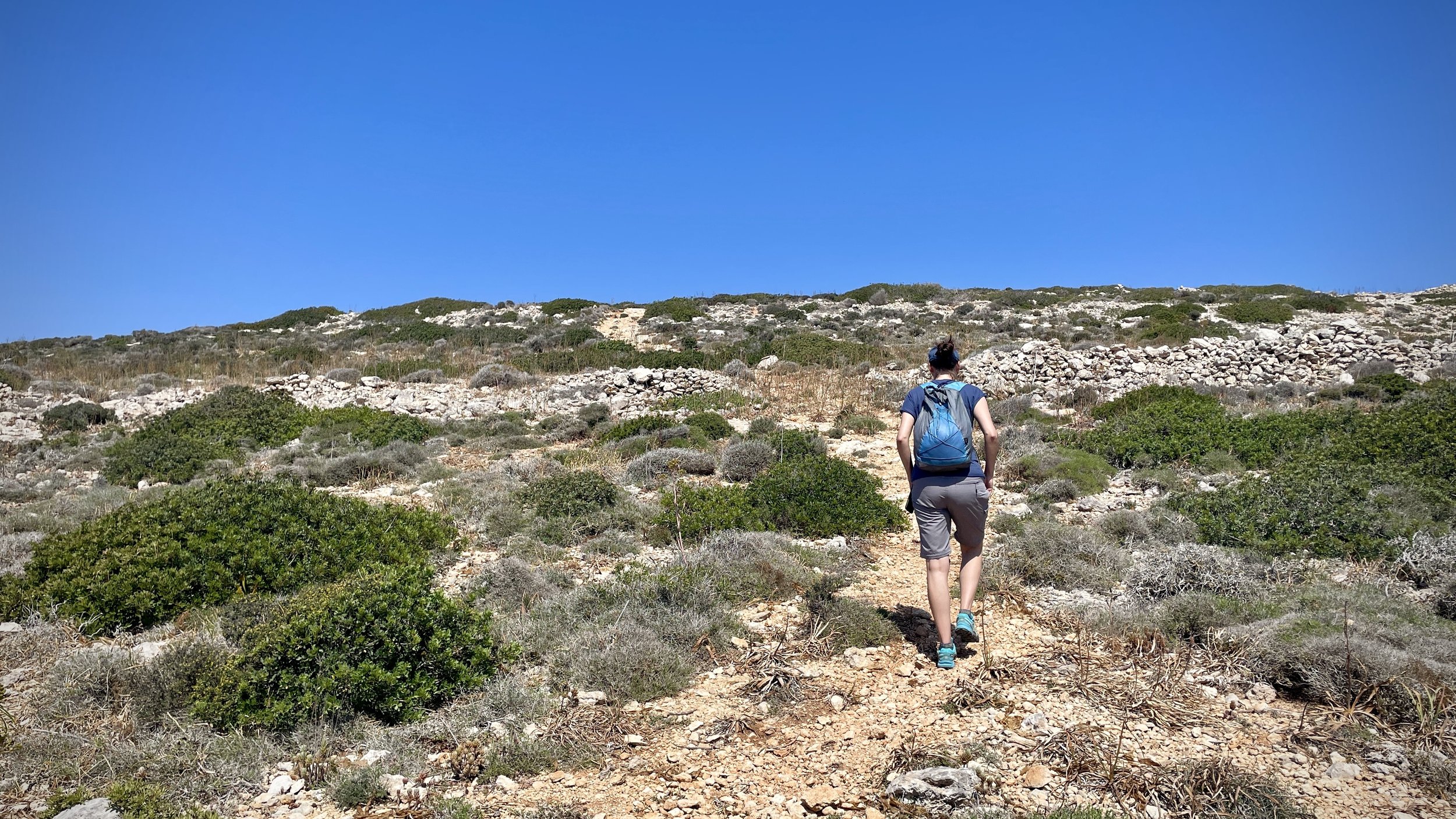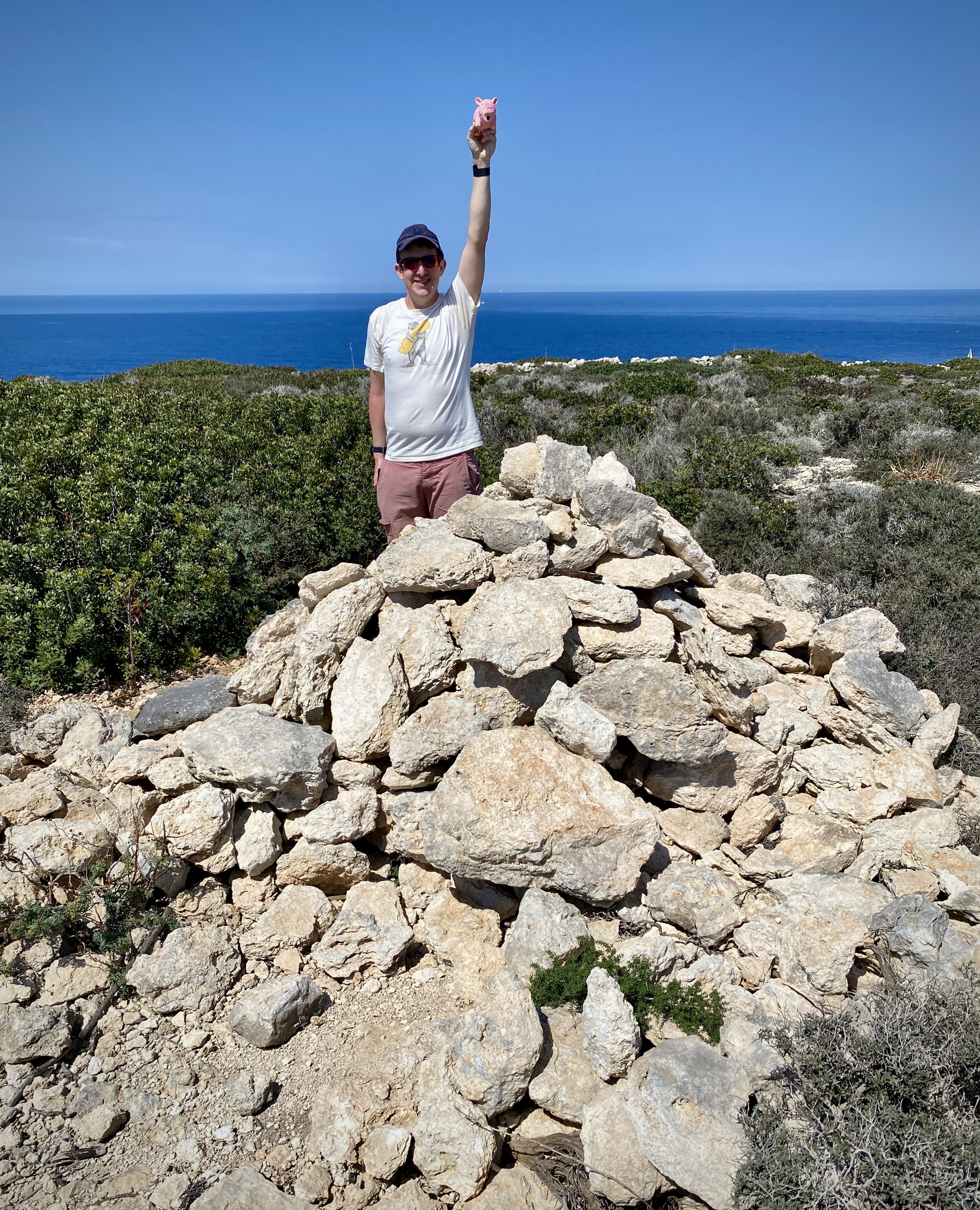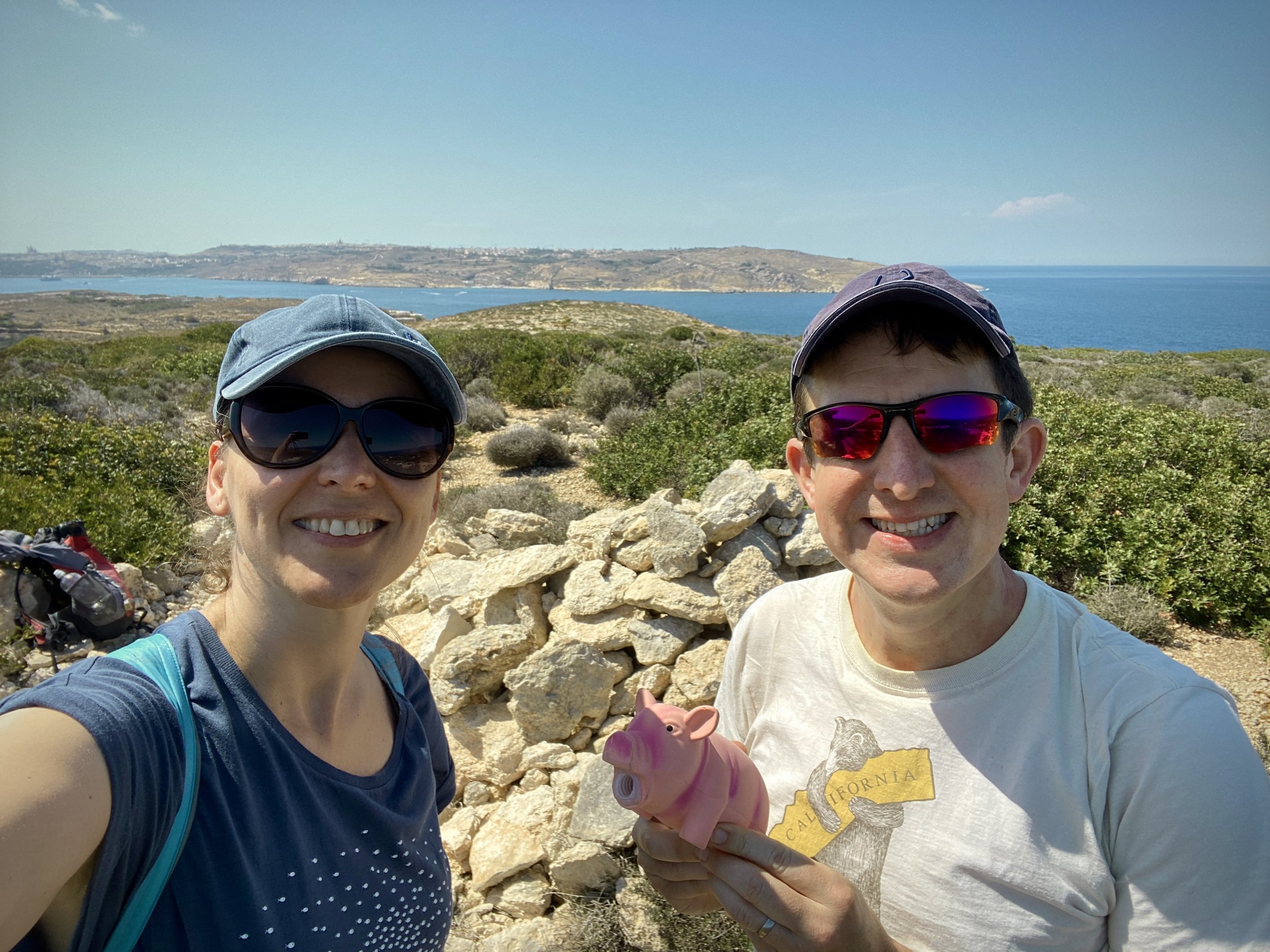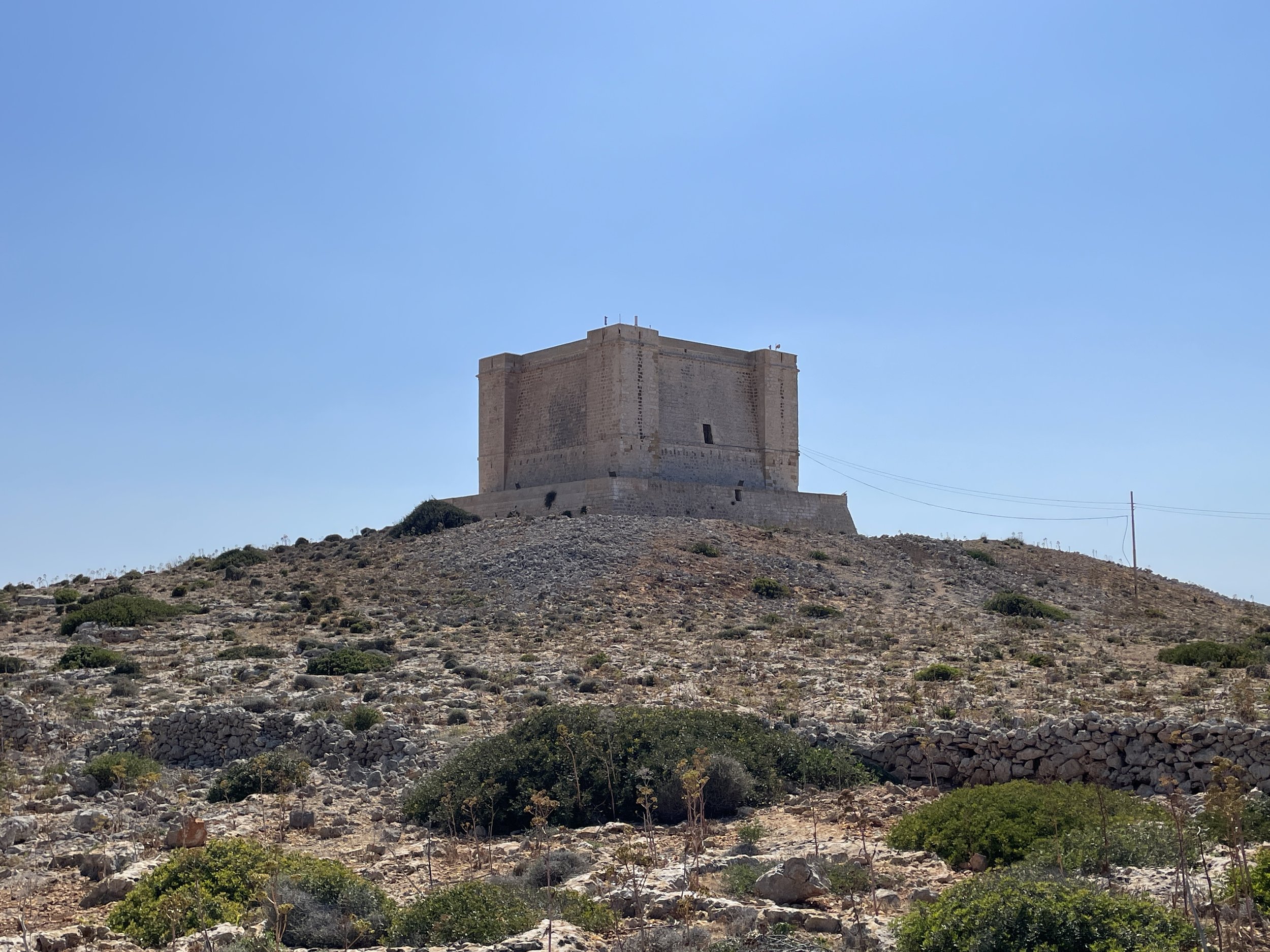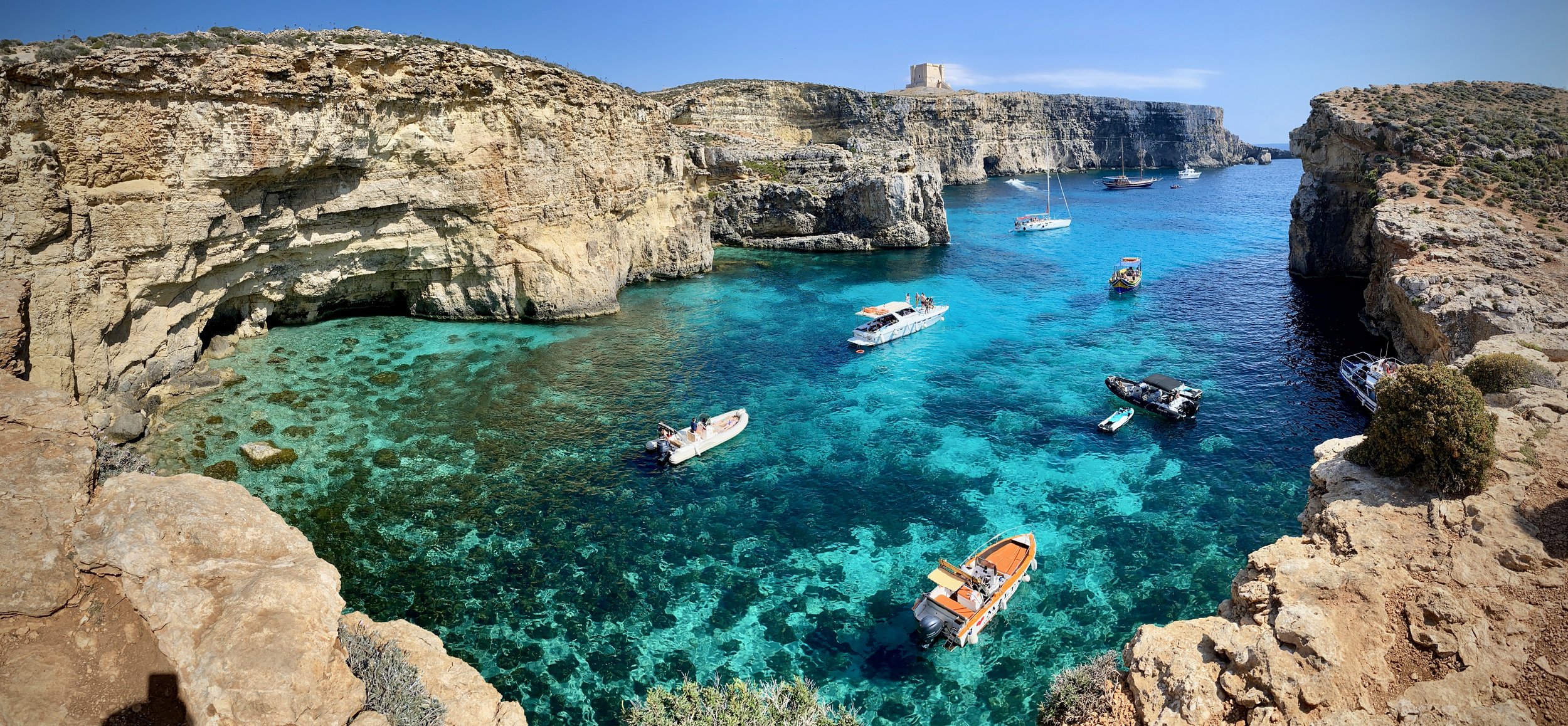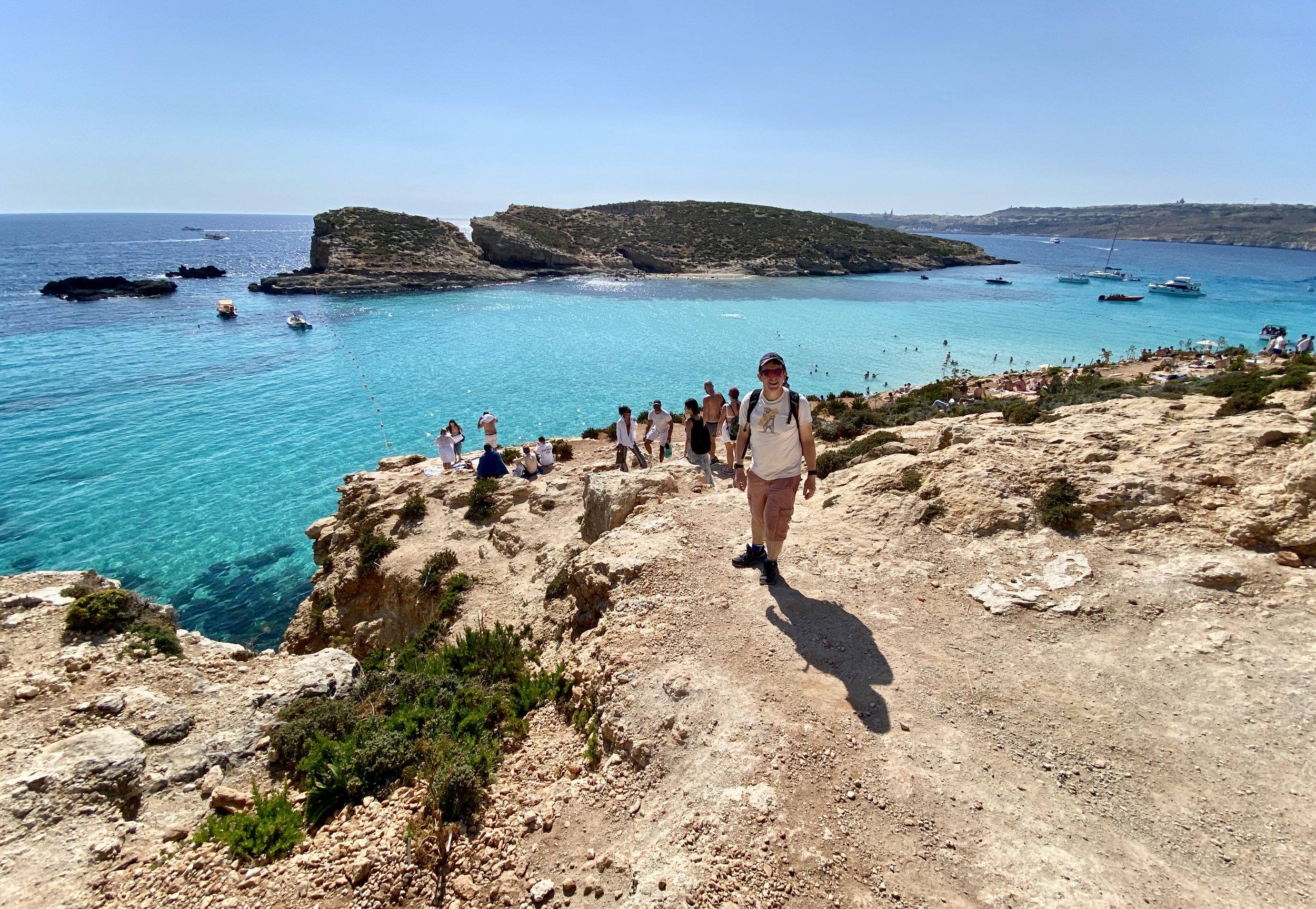Mount Elbrus, 5,642 metres, Russia. (Wikipedia / Peakbagger)
Shkhara, 5,193 metres, Georgia. (Wikipedia / Peakbagger)
Mont Blanc, 4,809 metres, France/Italy*. (Wikipedia / Peakbagger)
Dufourspitze, 4,634 metres, Switzerland. (Wikipedia / Peakbagger)
Mount Bazardüzü, 4,466 metres, Azerbaijan. (Wikipedia / Peakbagger)
Barre des Écrins, 4,102 metres, France*. (Wikipedia / Peakbagger)
Mount Aragats, 4,090 metres, Armenia. (Wikipedia / Peakbagger)
Gran Paradiso, 4,061 metres, Italy*. (Wikipedia / Peakbagger)
Grossglockner, 3,798 metres, Austria. (Wikipedia / Peakbagger)
Mount Teide, 3,718 metres, Spain (Canary Islands) - ATTEMPTED.
Gunnbjørn Fjeld, 3,694 metres, Denmark (Greenland)*. (Wikipedia / Peakbagger)
Mulhacén, 3,482 metres, Spain (Mainland). (Wikipedia / Peakbagger)
Zugspitze, 2,962 metres, Germany. (Wikipedia / Peakbagger)
Coma Pedrosa, 2,942 metres, Andorra. (Wikipedia / Peakbagger)
Musala, 2,925 metres, Bulgaria. (Wikipedia / Peakbagger)
Mount Olympus, 2,917 metres, Greece. (Wikipedia / Peakbagger)
Triglav, 2,864 metres, Slovenia. (Wikipedia / Peakbagger)
Mount Korab, 2,764 metres, Albania and North Macedonia - COMPLETED.
Djeravica, 2,656 metres, Kosovo - COMPLETED
Gerlachovský štít, 2,655 metres, Slovakia. (Wikipedia / Peakbagger)
Vorder Grauspitz, 2,599 metres, Liechtenstein. (Wikipedia / Peakbagger)
Moldoveanu Peak, 2,544 metres, Romania. (Wikipedia / Peakbagger)
Zla Kolata, 2,534 metres, Montenegro - COMPLETED
Rysy, 2,499 metres, Poland. (Wikipedia / Peakbagger)
Galdhøpiggen, 2,469 metres, Norway. (Wikipedia / Peakbagger)
Maglić, 2,386 metres, Bosnia and Herzegovina. (Wikipedia / Peakbagger)
Mount Pico, 2,351 metres, Portugal (Azores)*. (Wikipedia / Peakbagger)
Midžor, 2,169 metres, Serbia. (Wikipedia / Peakbagger)
Hvannadalshnúkur, 2,110 metres, Iceland. (Wikipedia / Peakbagger)
Kebnekaise, 2,104 metres, Sweden. (Wikipedia / Peakbagger)
Hoverla, 2,061 metres, Ukraine. (Wikipedia / Peakbagger)
Torre - Serra da Estrela, 1,993 metres, Portugal (Mainland). (Wikipedia / Peakbagger)
Mount Olympus, 1,952 metres, Cyprus. (Wikipedia / Peakbagger)
Dinara, 1,831 metres, Croatia. (Wikipedia / Peakbagger)
Newtontoppen, 1,713 metres, Svalbard. (Wikipedia / Peakbagger)
Sněžka, 1,603 metres, Czech Republic - COMPLETED
Ben Nevis, 1,345 metres, United Kingdom - COMPLETED
Hálditšohkka, 1,324 metres, Finland. (Wikipedia / Peakbagger)
Carrauntoohil, 1,039 metres, Republic of Ireland. (Wikipedia / Peakbagger)
Mahya Dağı, 1,031 metres, Turkey (European)*. (Wikipedia / Peakbagger)
Selvili Tepe, 1,204 metres, Northern Cyprus*. (Wikipedia / Peakbagger)
Kékes, 1,014 metres, Hungary - COMPLETED
Mount Scenery, 887 metres, Netherlands (Saba). (Wikipedia / Peakbagger)
Slættaratindur, 880 metres, Faroe Islands. (Wikipedia / Peakbagger)
Monte Titano, 739 metres, San Marino - COMPLETED
Signal de Botrange, 694 metres, Belgium. (Wikipedia / Peakbagger)
Snaefell, 610 metres, Isle of Man. (Wikipedia / Peakbagger)
Kneiff, 560 metres, Luxembourg. (Wikipedia / Peakbagger)
Bălănești Hill, 430 metres, Moldova. (Wikipedia / Peakbagger)
Dzyarzhynskaya Hara, 345 metres, Belarus. (Wikipedia / Peakbagger)
Vaalserberg, 321 metres, Netherlands. (Wikipedia / Peakbagger)
Suur Munamägi, 318 metres, Estonia. (Wikipedia / Peakbagger)
Gaiziņkalns, 312 metres, Latvia. (Wikipedia / Peakbagger)
Aukštojas Hill, 294 metres, Lithuania. (Wikipedia / Peakbagger)
Ta' Dmejrek, 253 metres, Malta - COMPLETED
Møllehøj, 171 metres, Denmark (Mainland). (Wikipedia / Peakbagger)
Chemin des Révoires, 163 metres, Monaco. (Wikipedia / Peakbagger)
Les Platons, 139 metres, Jersey* - COMPLETED
Hautnez, 111 metres, Guernsey* - COMPLETED
Vatican Hill, 78 metres, Vatican City. (Wikipedia / Peakbagger)
















































































































































